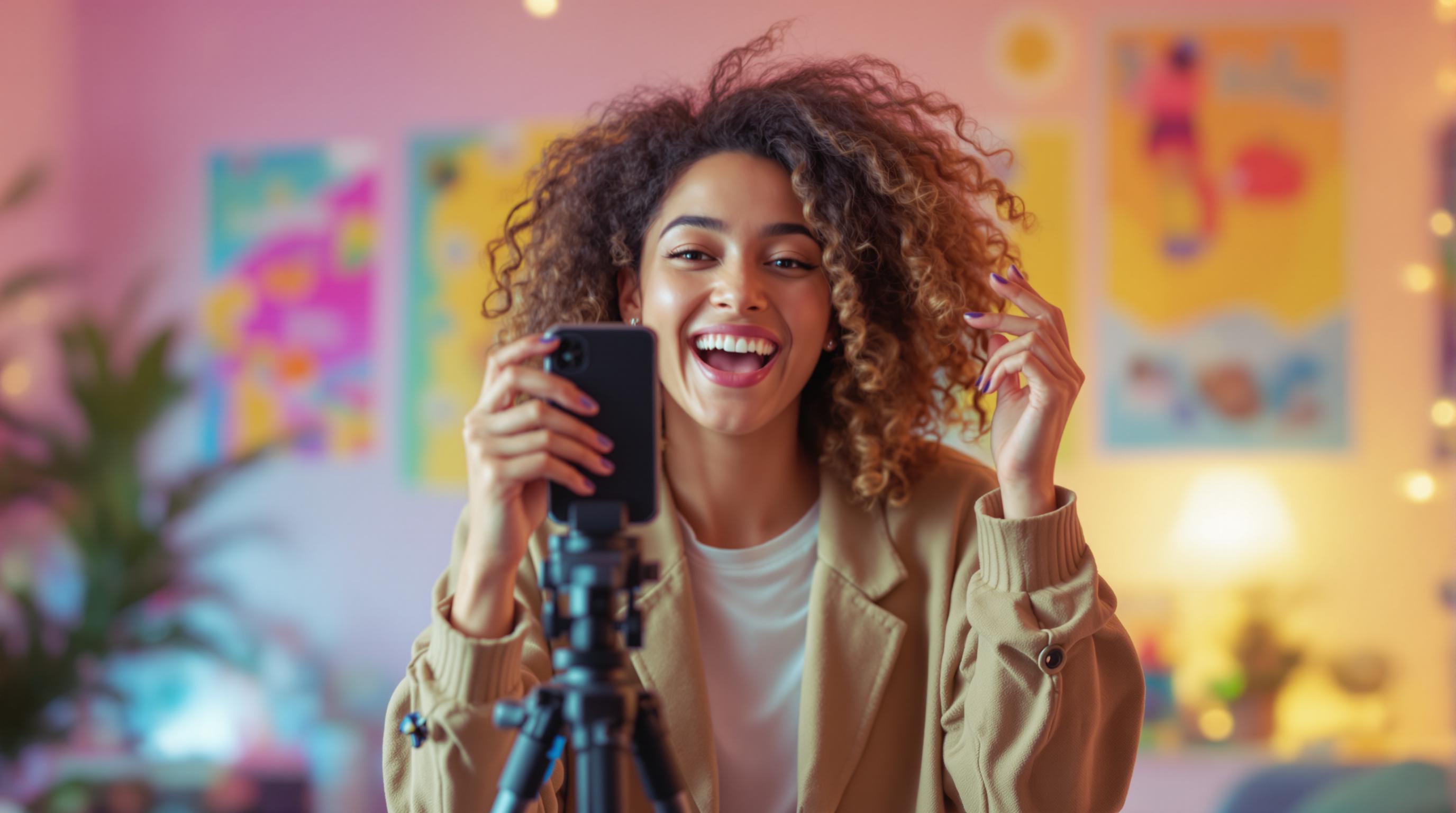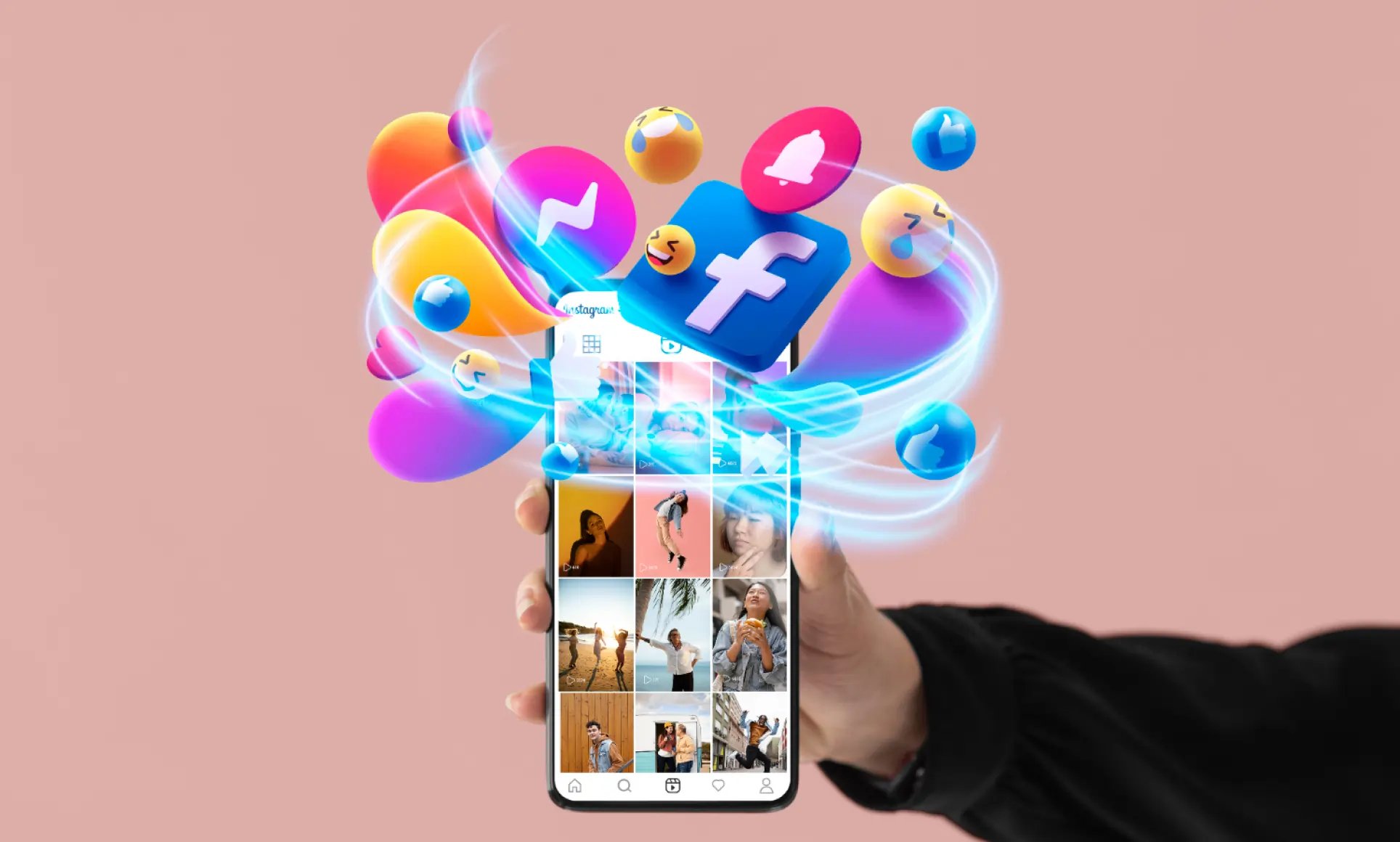
Want to create AI art that doesn't look AI-generated? Want to learn the secret codes that transform Midjourney art into professional-looking designs?
Learn how to use Midjourney to rapidly generate and iterate on design concepts, saving time and boosting productivity.
Understanding Midjourney's Unique Capabilities
Marshall Atkinson brings a unique perspective to using AI to create generated images, combining traditional artistic expertise with cutting-edge technology. A Florida State University graduate with extensive experience in photorealistic watercolors and a background as an art director, Atkinson uses Midjourney not as a replacement for artistic skill but as a powerful tool for enhancing creative workflows.
Having faced the daily challenge of creating high-quality designs under tight deadlines, Atkinson understands the pressures creative professionals face firsthand. His transition to embracing AI tools came from recognizing their potential to accelerate the creative process and create a unique image while maintaining artistic integrity.
Its extensive training dataset sets Midjourney apart from other AI image-generation tools. While platforms like Adobe's AI are limited to referencing their own image libraries, Midjourney draws from trillions of subject matter images across the internet. This broader training results in more refined and natural-looking outputs that avoid the telltale signs of AI-generated art.
Midjourney's outputs can span a vast range of styles, from photorealistic imagery to illustrations that look handcrafted. This versatility makes it particularly valuable for professional creative work where authenticity and a unique image are important.
This brings us to the question of whether AI-generated art is plagiarism.
Every tool has the potential to be misused by bad actors, but each image generated in Midjourney by ethical designers is entirely original. While the system learns from existing art, it creates new compositions through mathematical algorithms.
This process is more akin to how human artists learn from studying and sketching others' work than to direct reproduction. Do a reverse image search on Midjourney outputs, and you'll see that they won't match any existing images online.
Using a Midjourney-enhanced workflow, he created a thumbnail sketch for the overall composition, generated 29 separate elements in Midjourney, imported them into Photoshop, and assembled them into the final composition in approximately 2.5 hours.
The Business Case for Midjourney's AI Art Generator: Time Savings, Industrial Design, and Product Development
For marketing professionals and creative teams, Midjourney offers compelling advantages in terms of both efficiency and creativity. The platform's ability to rapidly generate unique, high-quality visuals can dramatically reduce project timelines while expanding creative possibilities.
The time savings achieved through Midjourney can be substantial, particularly for complex creative projects. Instead of spending hours searching for and modifying stock images or creating elements from scratch, you can generate exactly what you need in minutes. This efficiency doesn't just save time – it allows for more experimentation and iteration, potentially leading to better final results.
A perfect example comes from Atkinson's experience with a complex t-shirt design for an amusement park's Halloween promotion. The project requirements included:
- A spooky town setting
- A witch character
- Floating, spinning tarot cards
- Magical elements
- Complex atmospheric effects
Had Atkinson designed the artwork using his traditional workflow, he estimates the project would have taken him 25-30 hours.
Using a Midjourney-enhanced workflow, he created a thumbnail sketch for the overall composition, generated 29 separate elements in Midjourney, imported them into Photoshop, and assembled them into the final composition in approximately 2.5 hours.
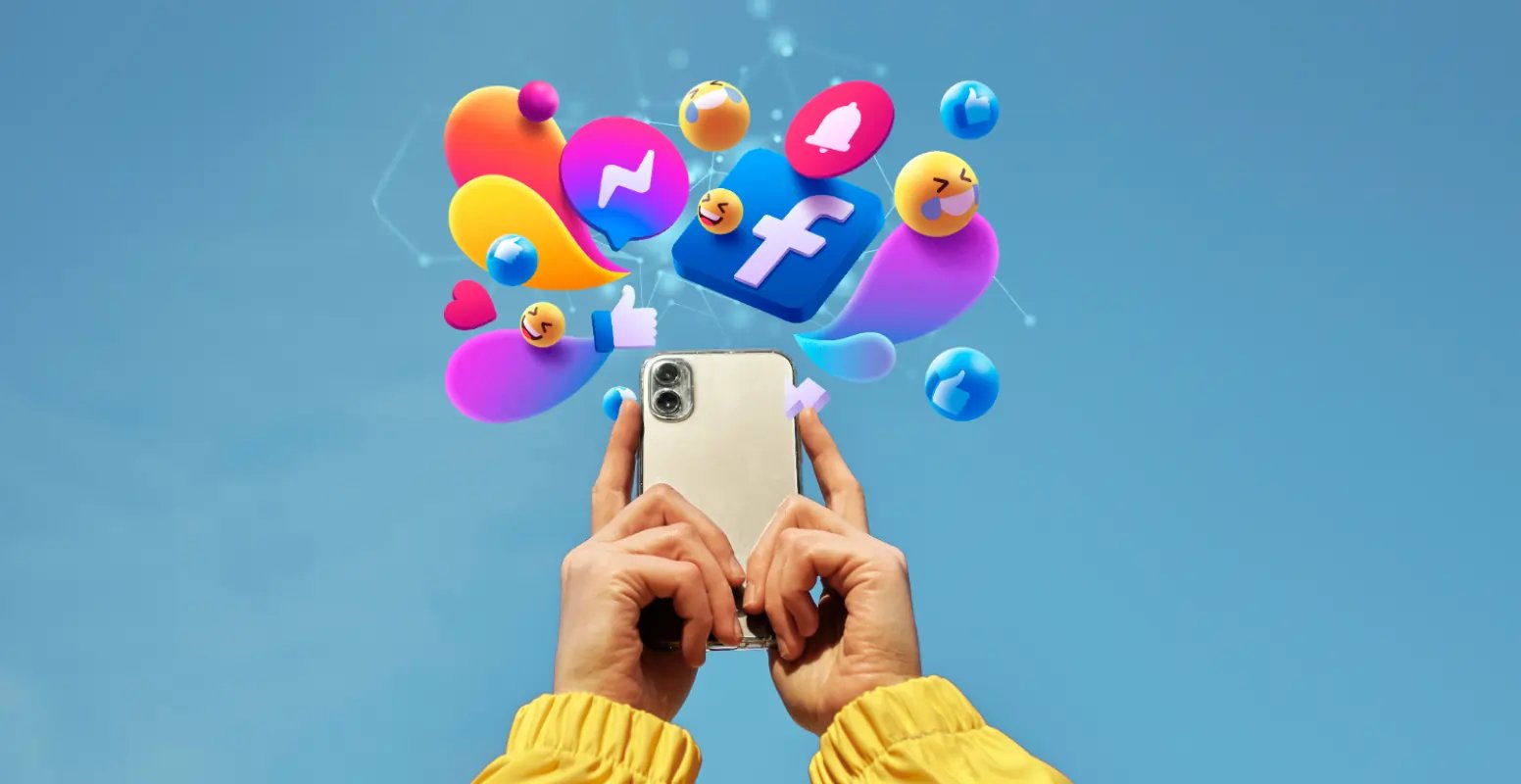
The Business Case for Midjourney's AI Art Generator: Time Savings, Industrial Design, and Product Development
For marketing professionals and creative teams, Midjourney offers compelling advantages in terms of both efficiency and creativity. The platform's ability to rapidly generate unique, high-quality visuals can dramatically reduce project timelines while expanding creative possibilities.
The time savings achieved through Midjourney can be substantial, particularly for complex creative projects. Instead of spending hours searching for and modifying stock images or creating elements from scratch, you can generate exactly what you need in minutes. This efficiency doesn't just save time – it allows for more experimentation and iteration, potentially leading to better final results.
A perfect example comes from Atkinson's experience with a complex t-shirt design for an amusement park's Halloween promotion. The project requirements included:
- A spooky town setting
- A witch character
- Floating, spinning tarot cards
- Magical elements
- Complex atmospheric effects
Had Atkinson designed the artwork using his traditional workflow, he estimates the project would have taken him 25-30 hours.
Using a Midjourney-enhanced workflow, he created a thumbnail sketch for the overall composition, generated 29 separate elements in Midjourney, imported them into Photoshop, and assembled them into the final composition in approximately 2.5 hours.

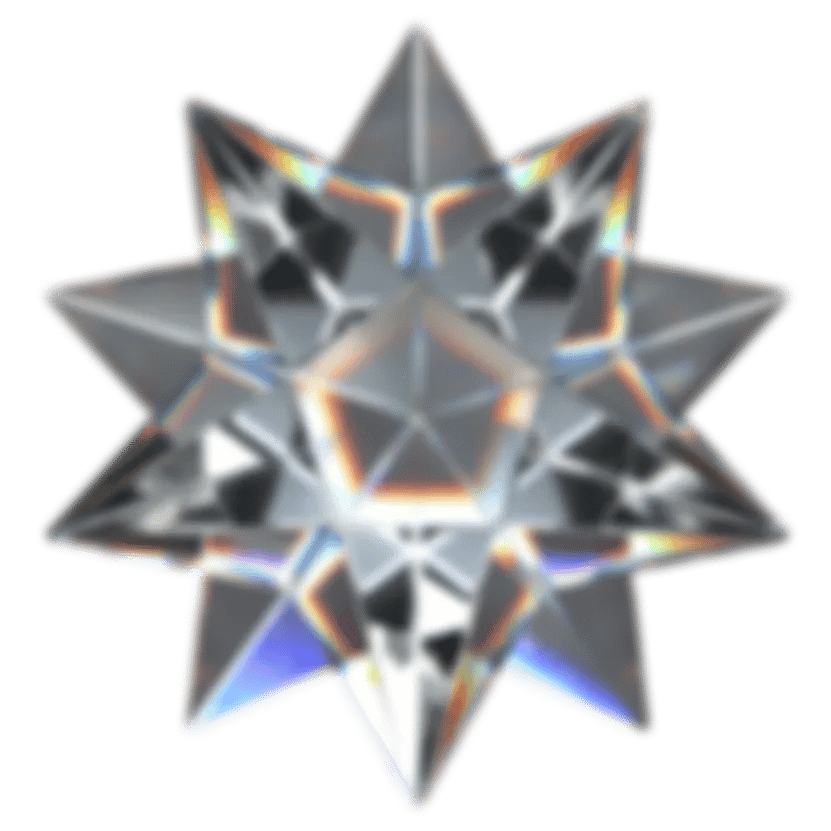
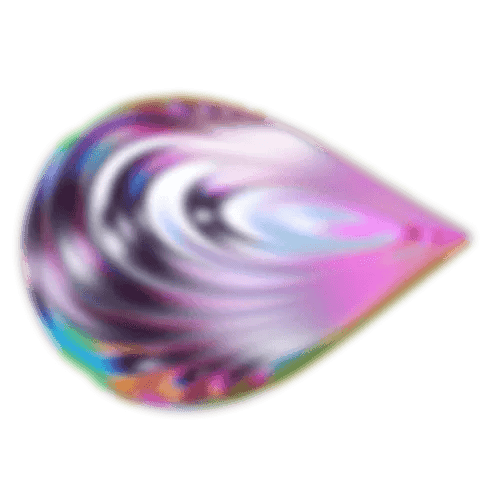
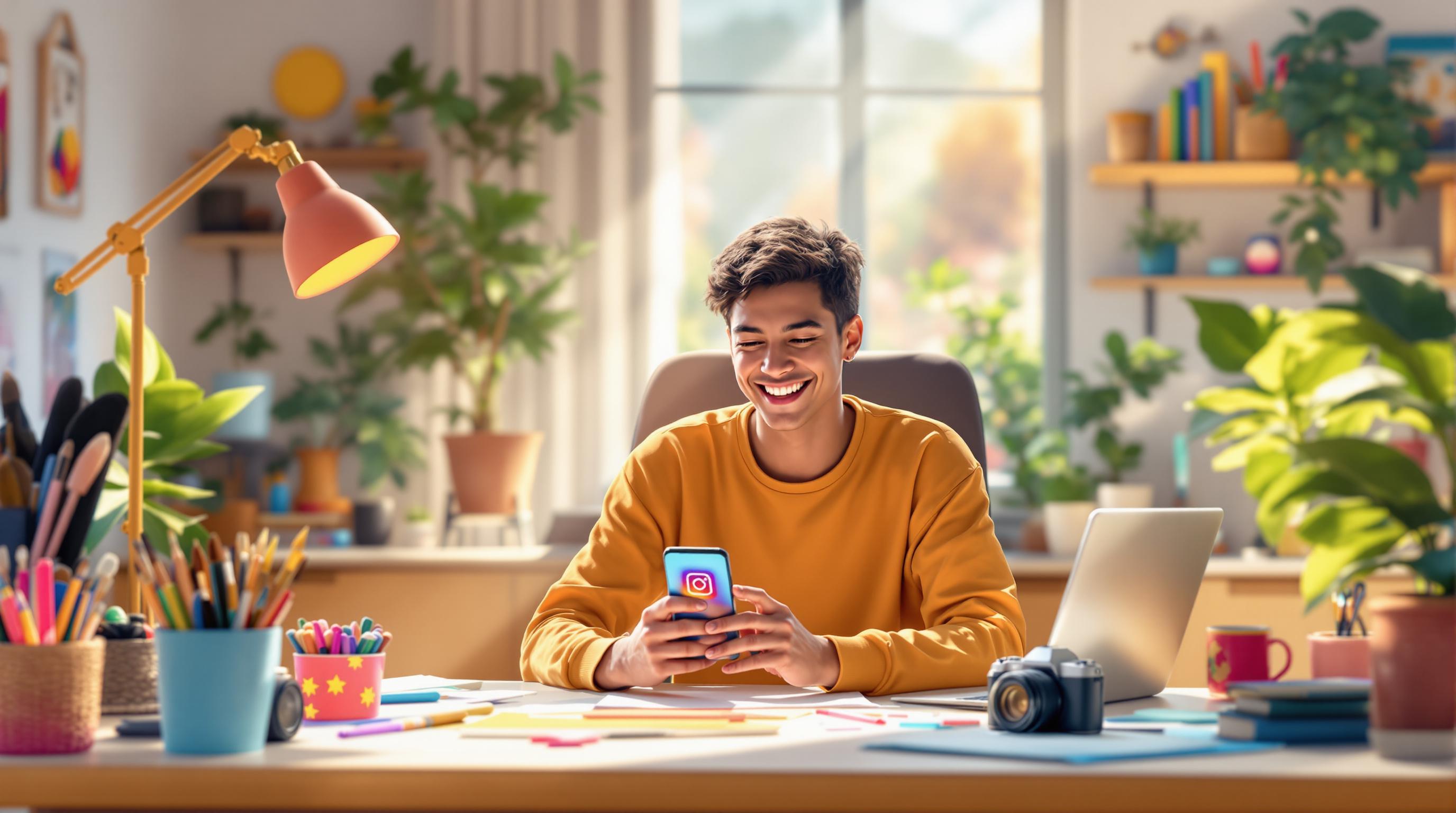
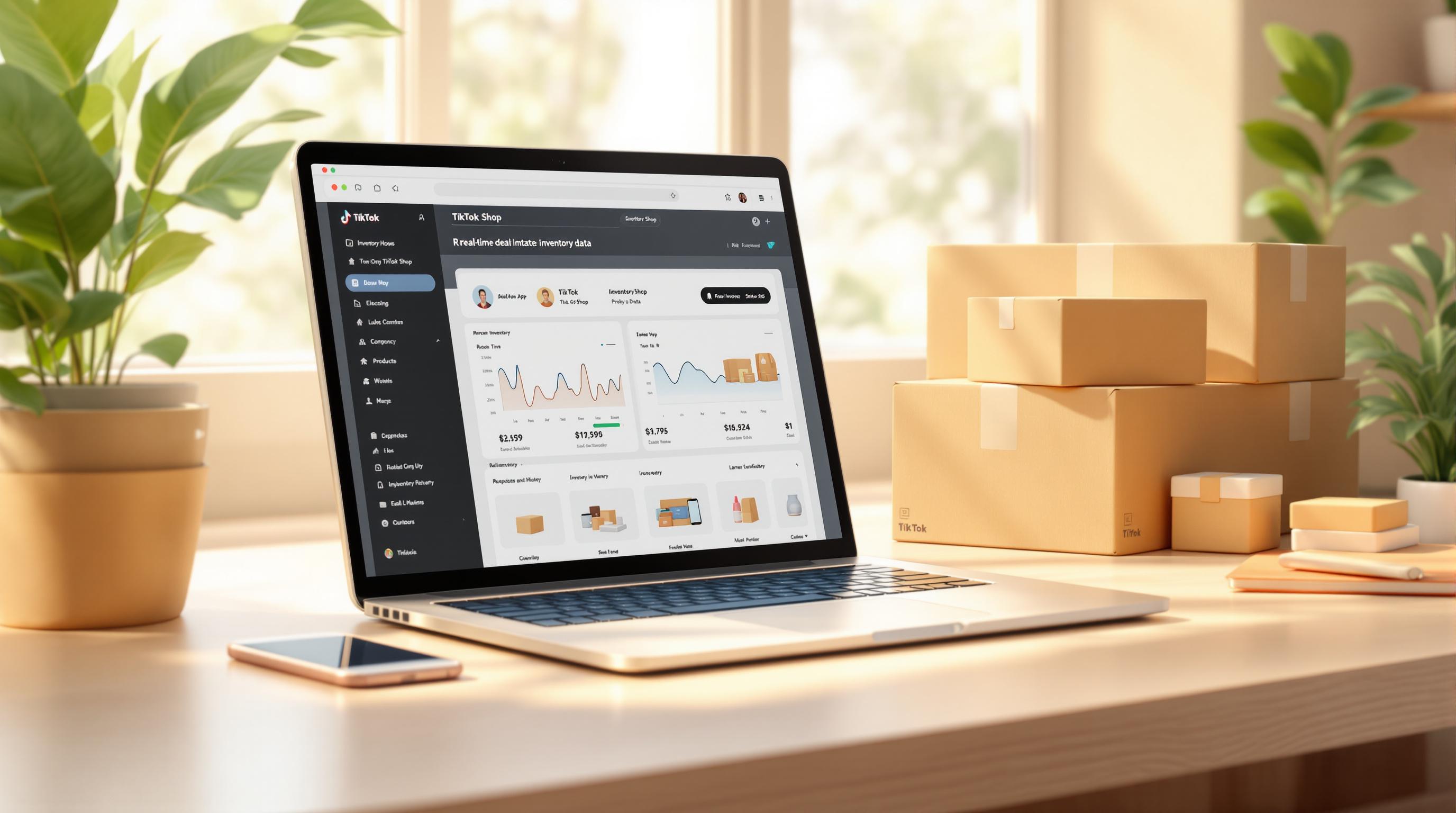
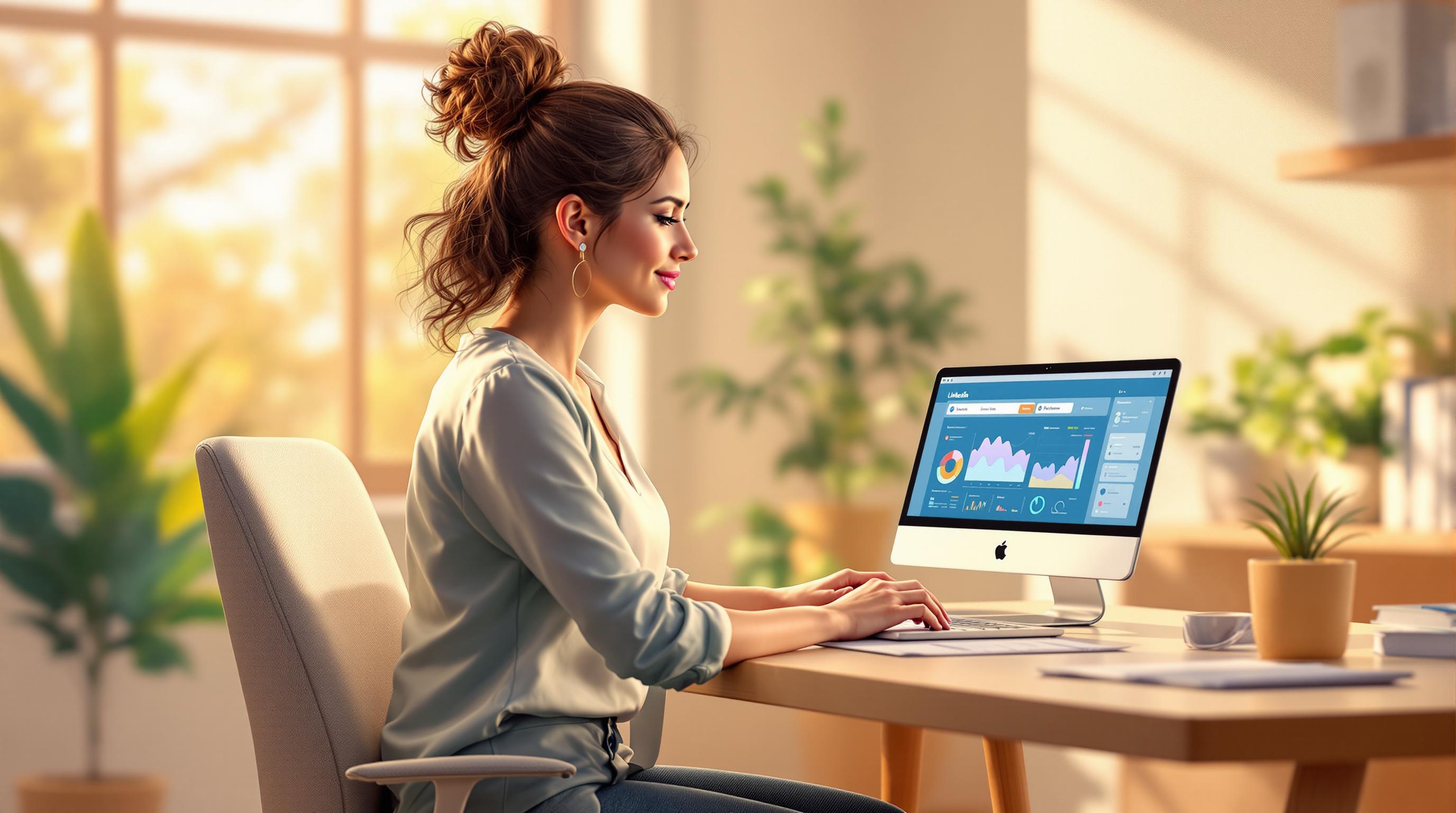
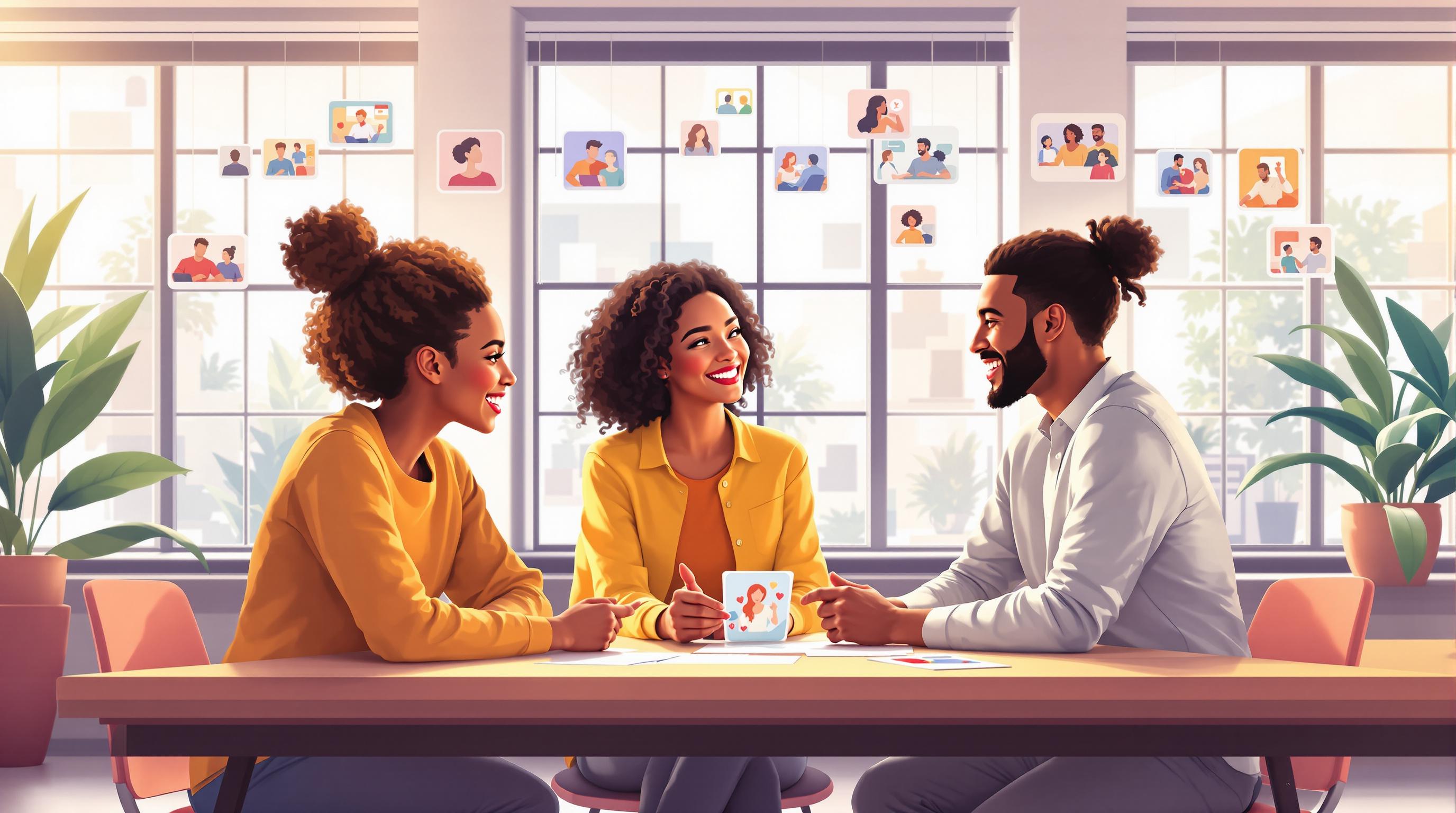
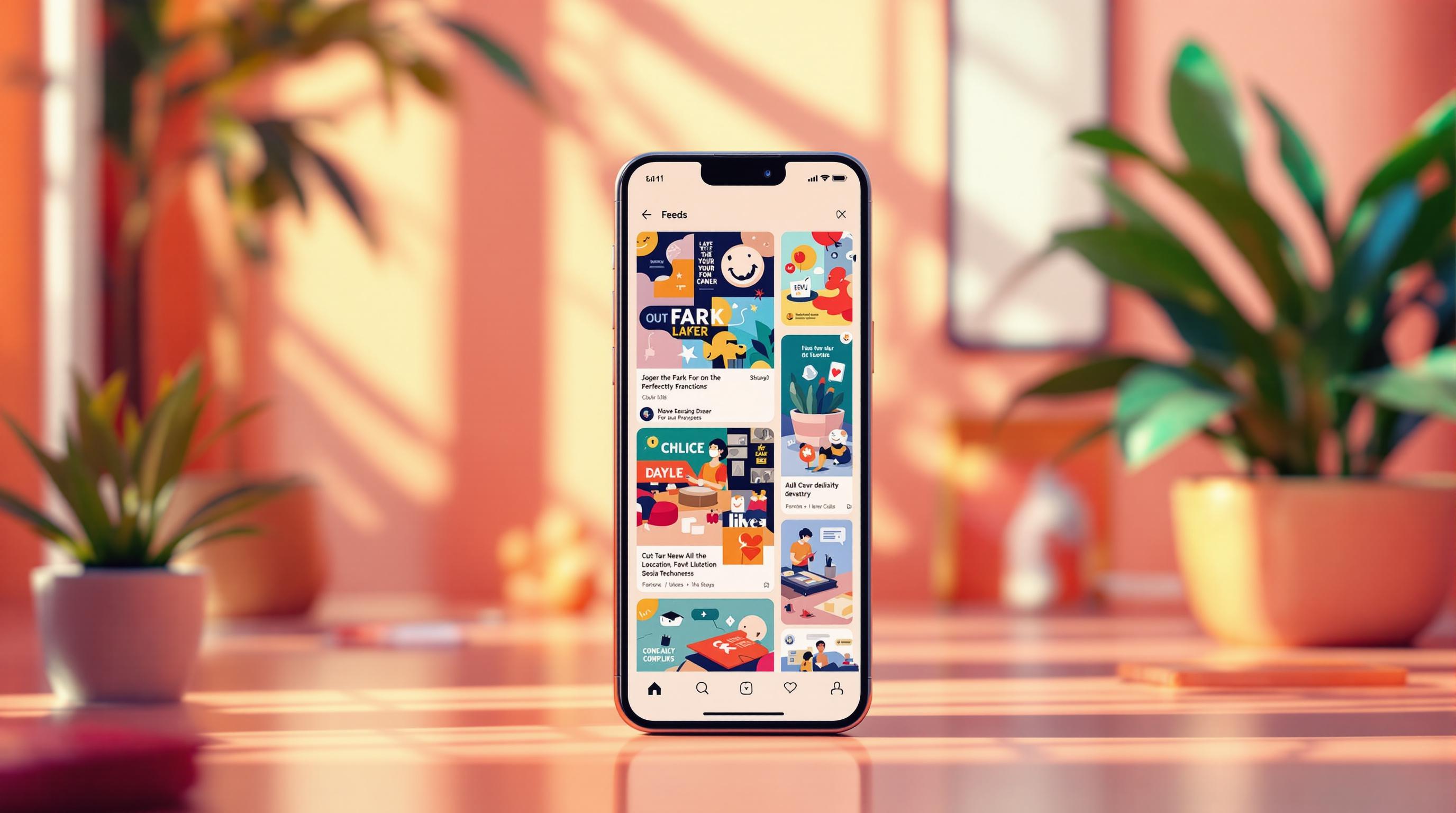
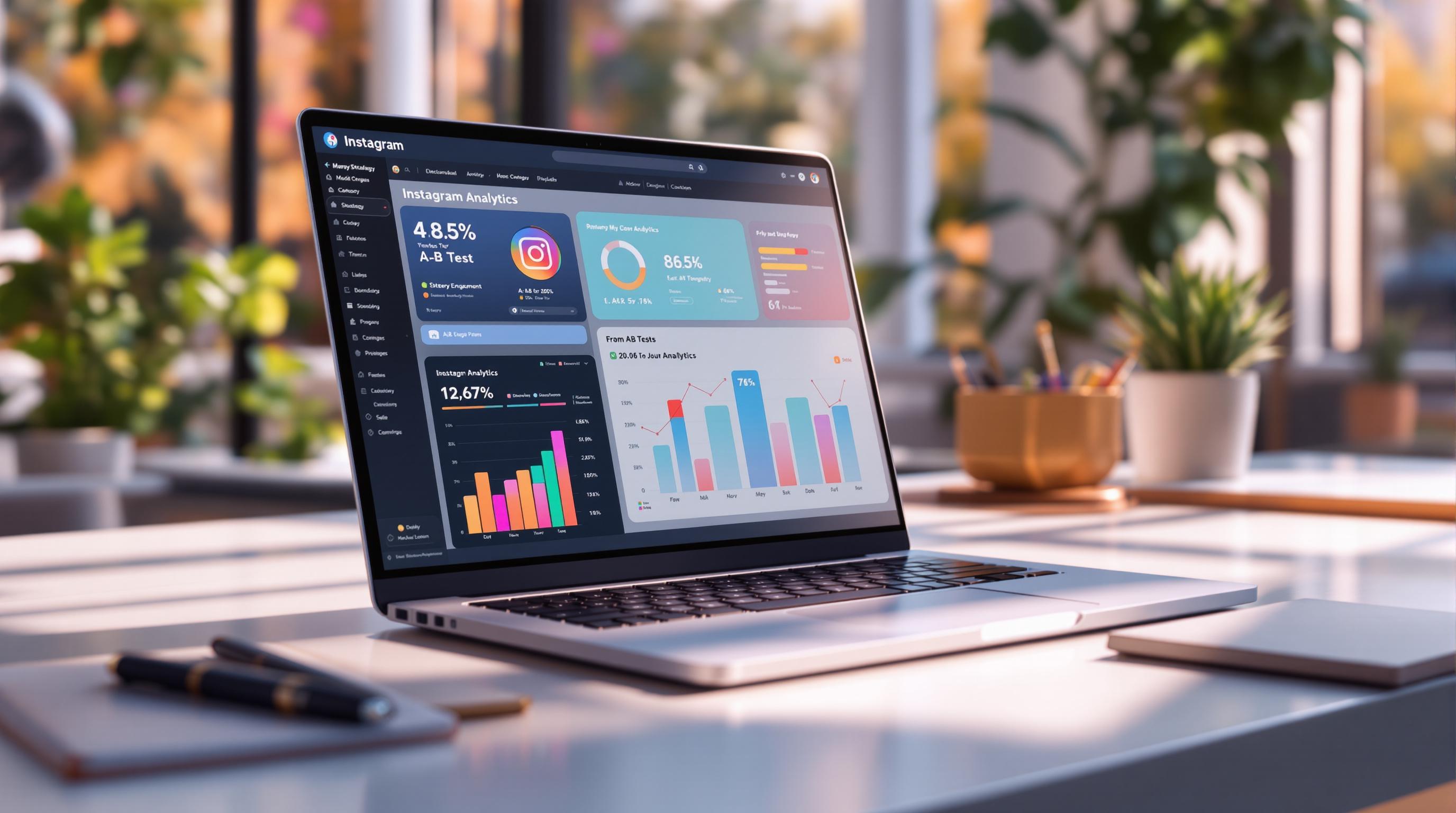
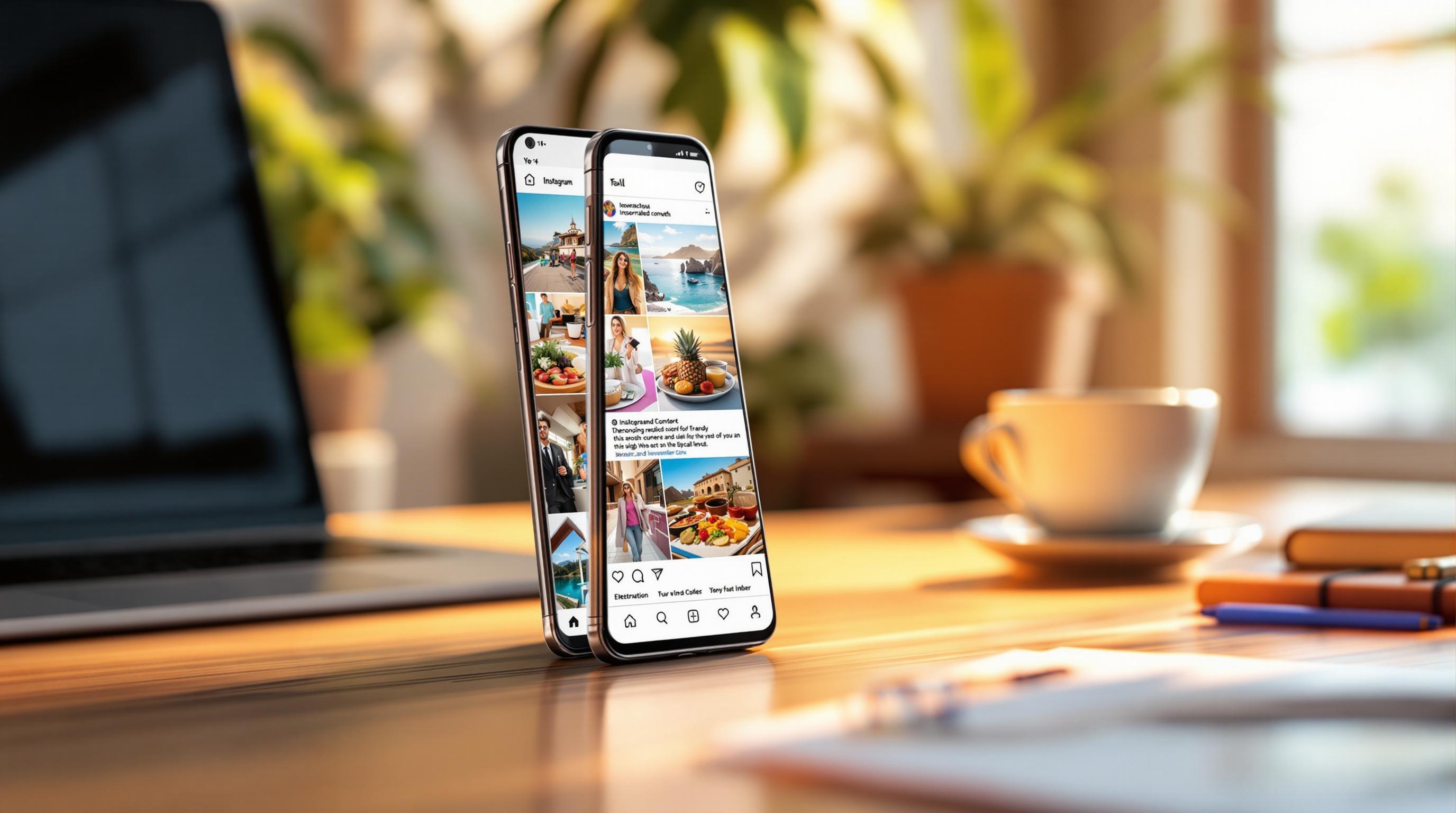
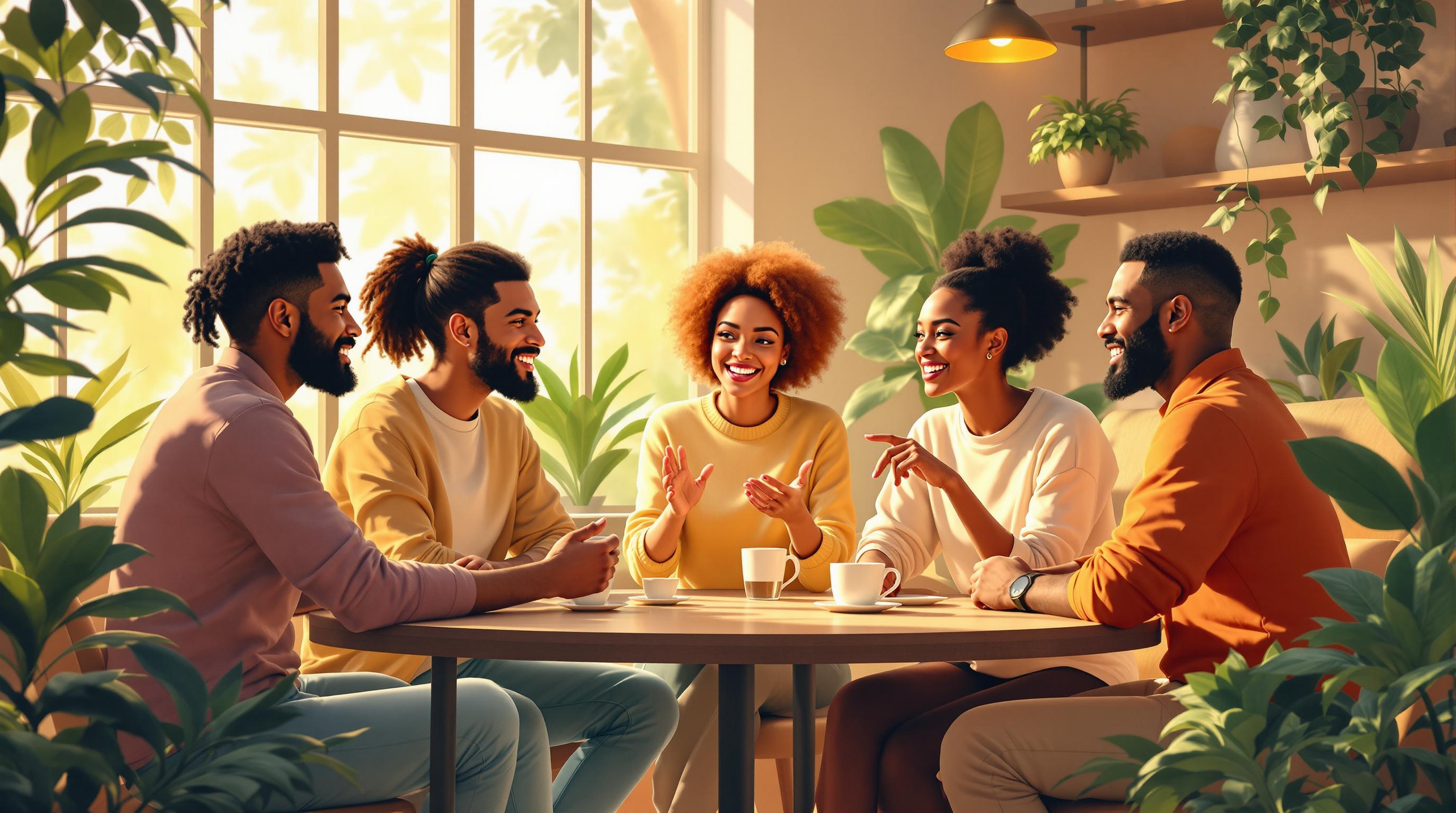
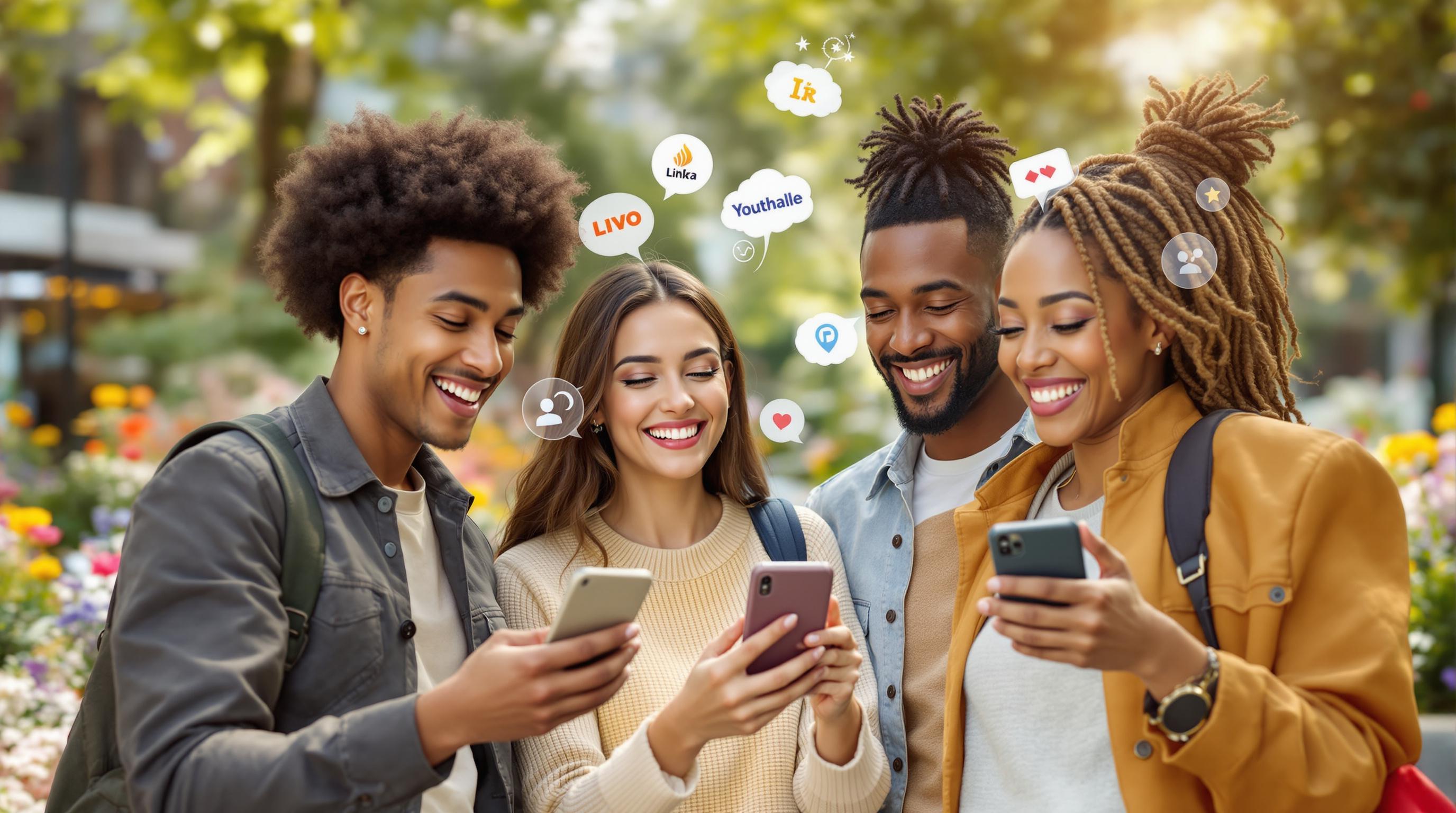
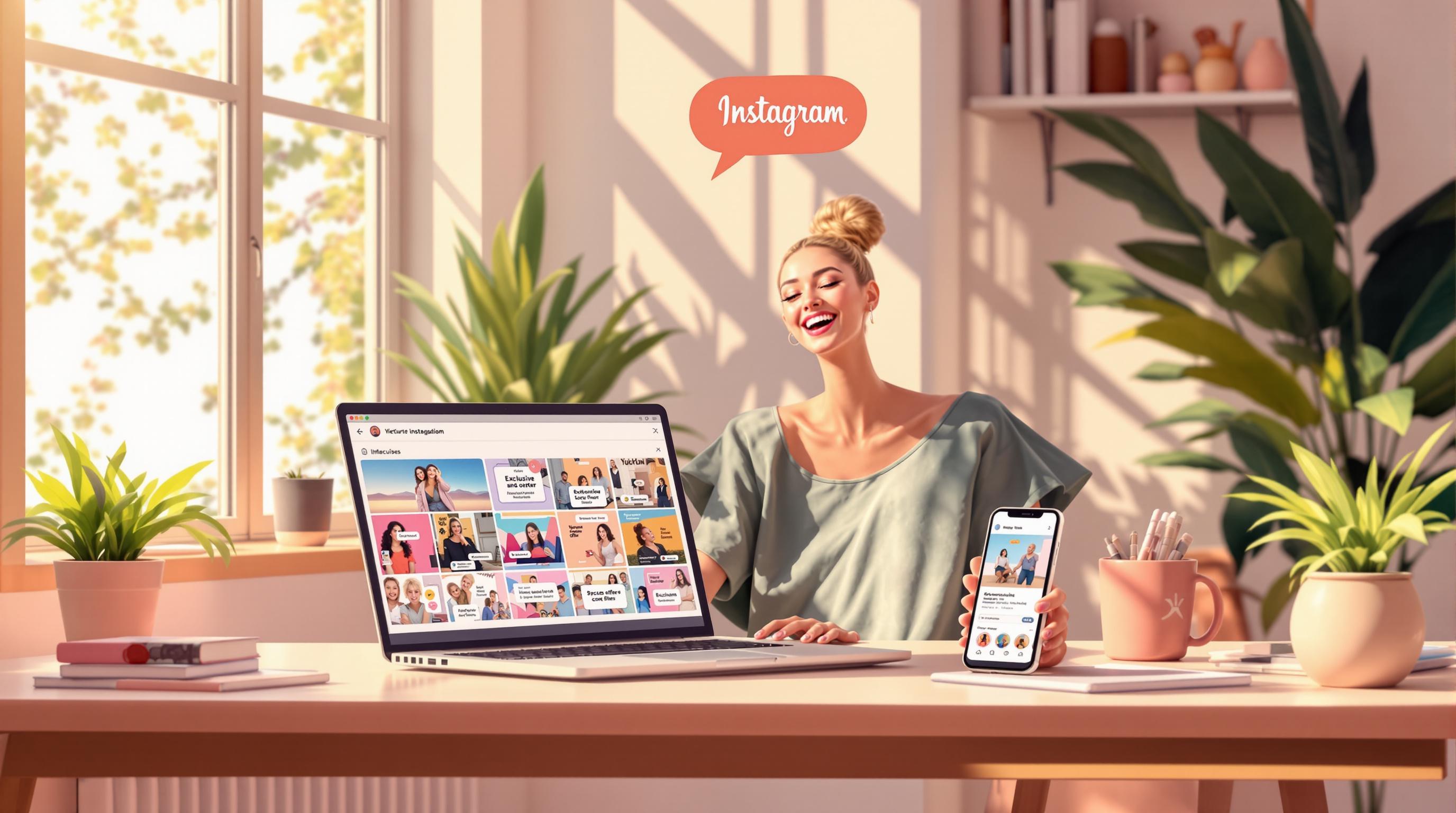
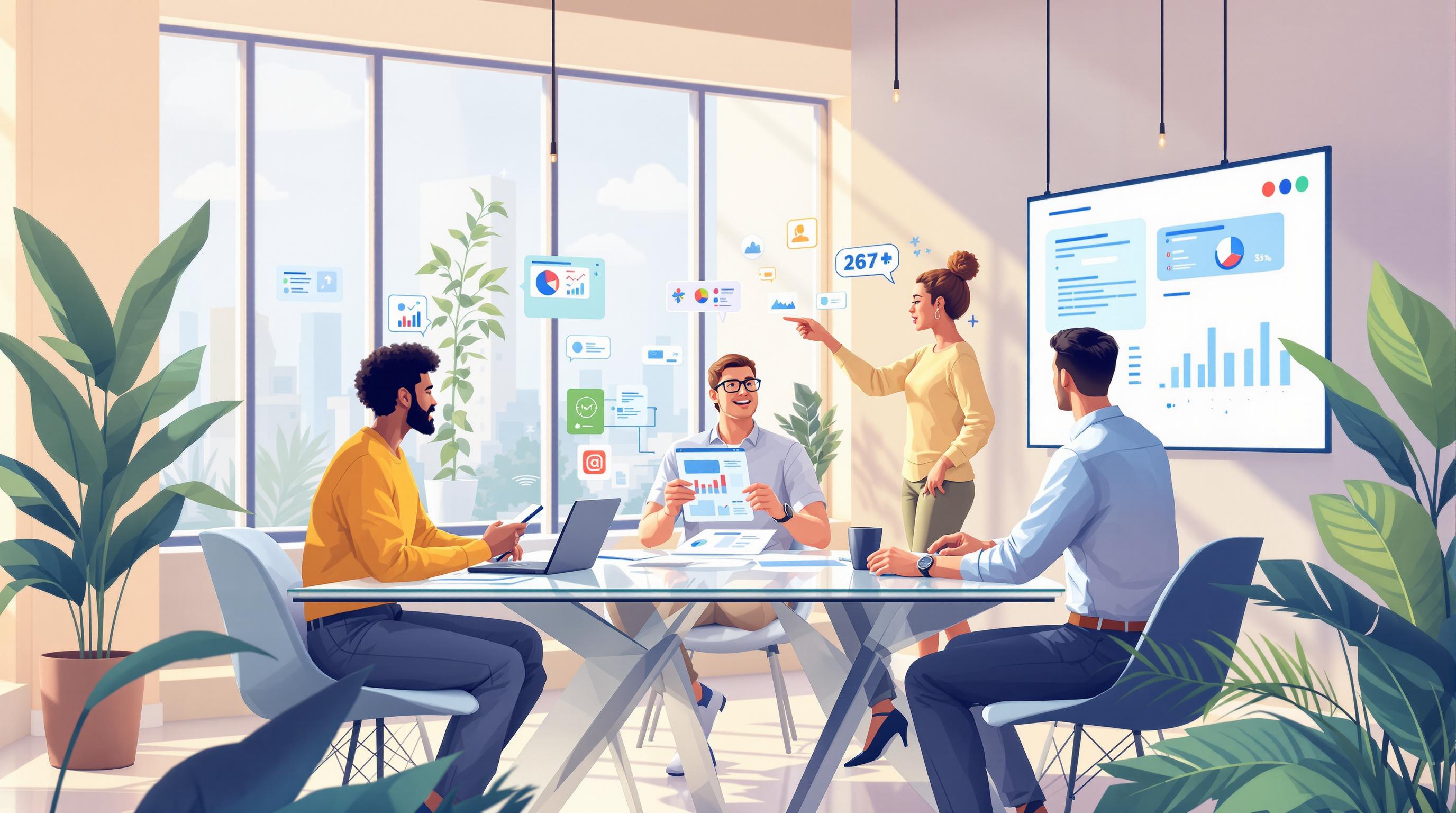
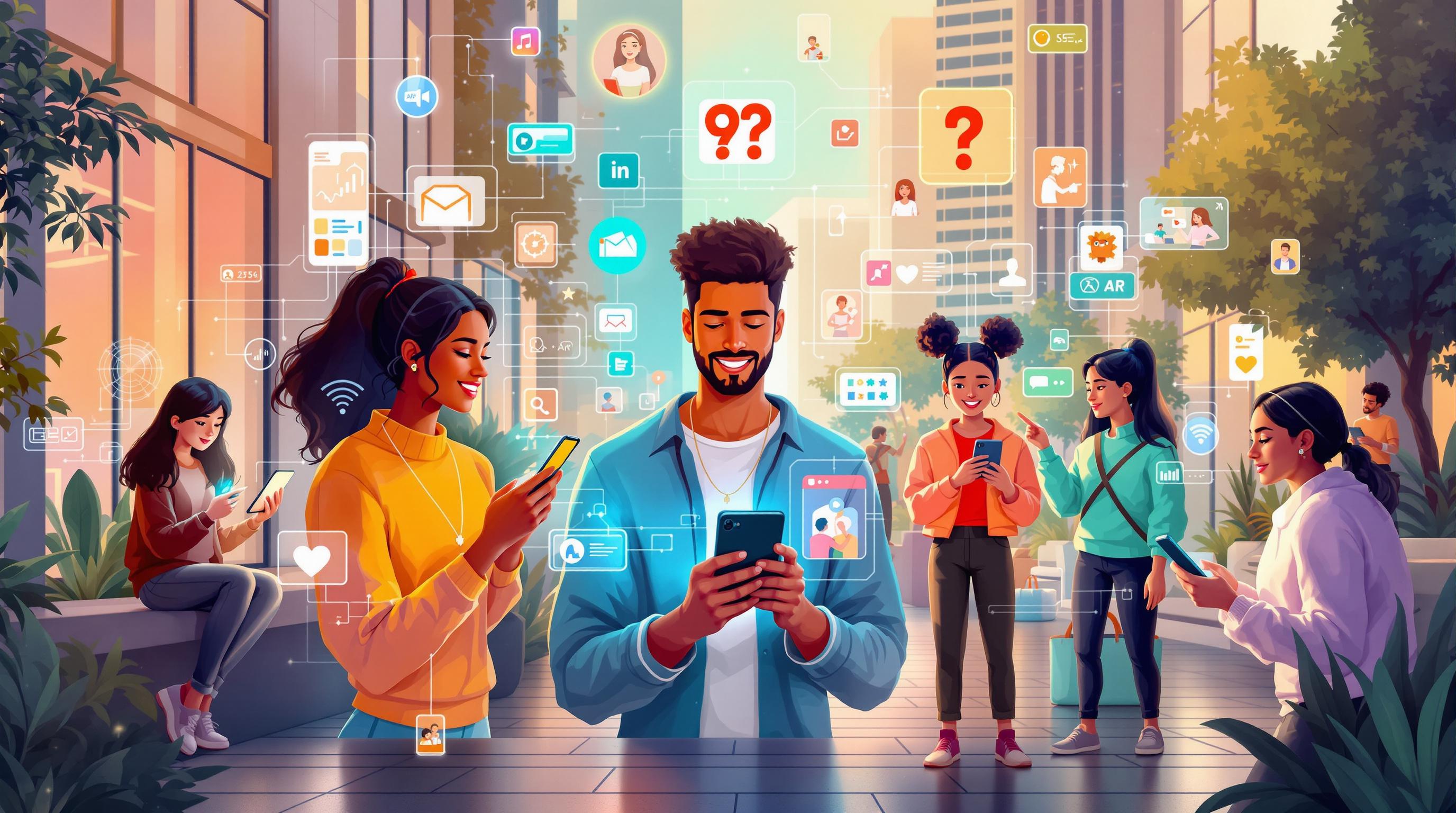
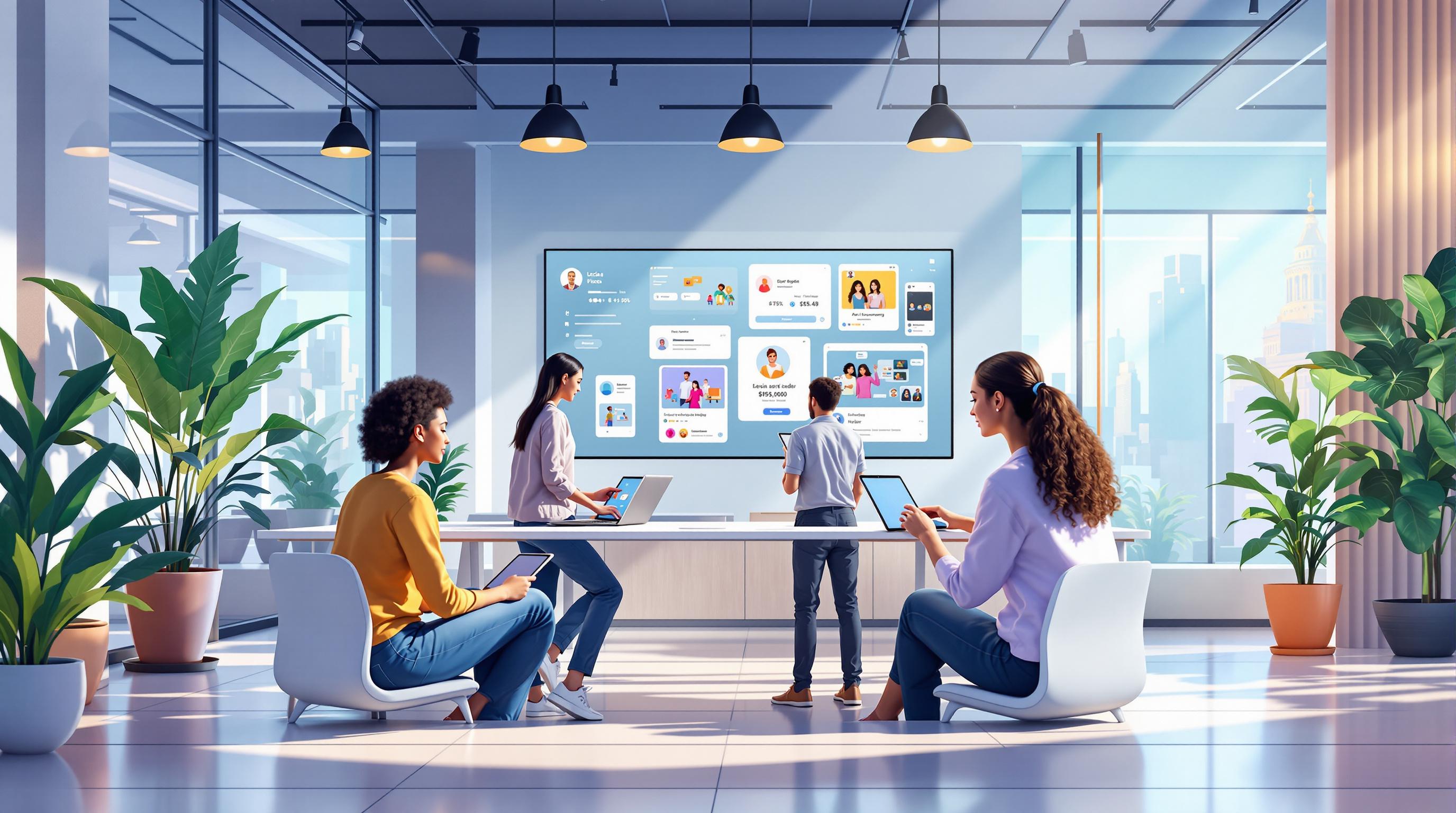
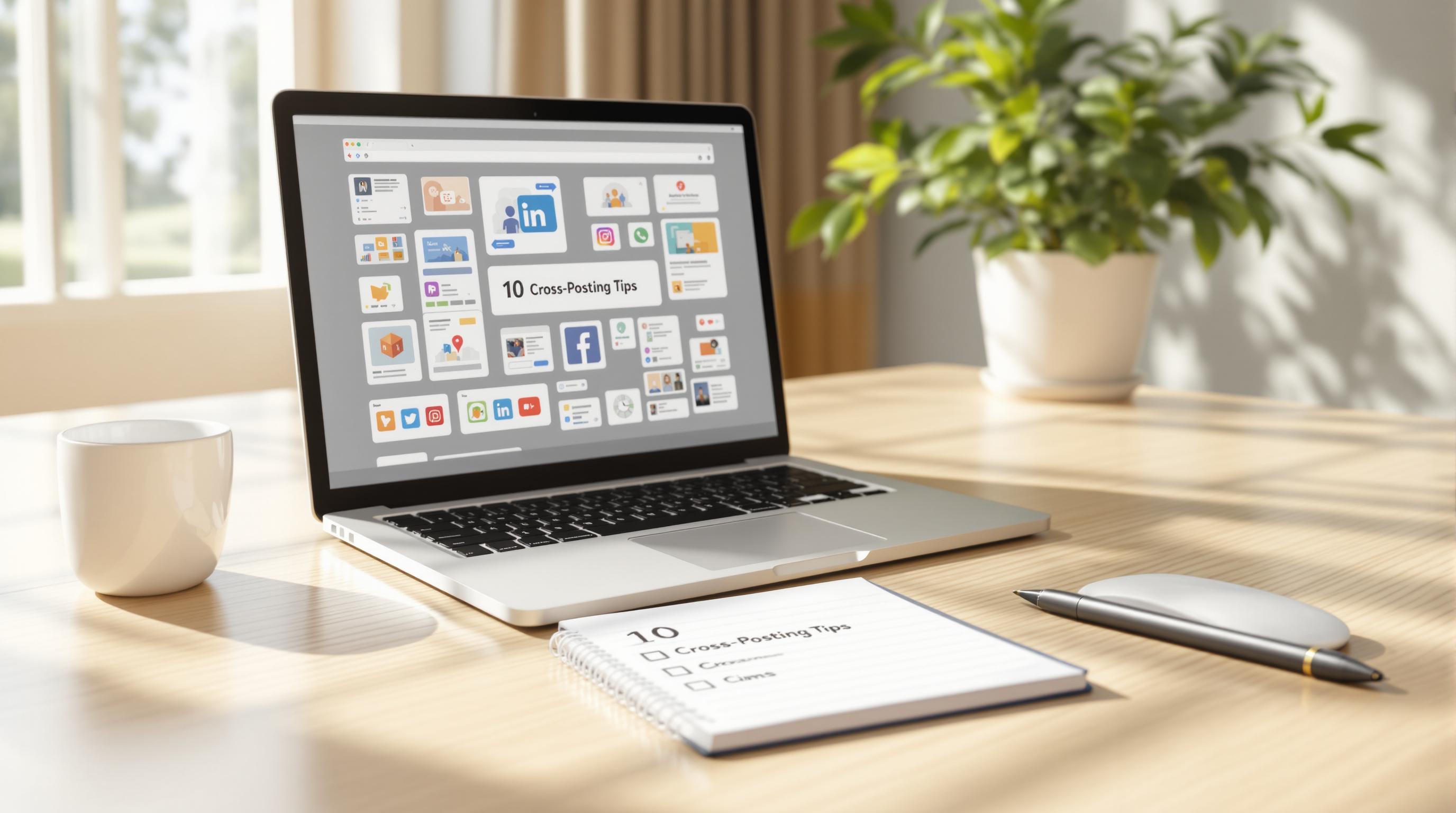
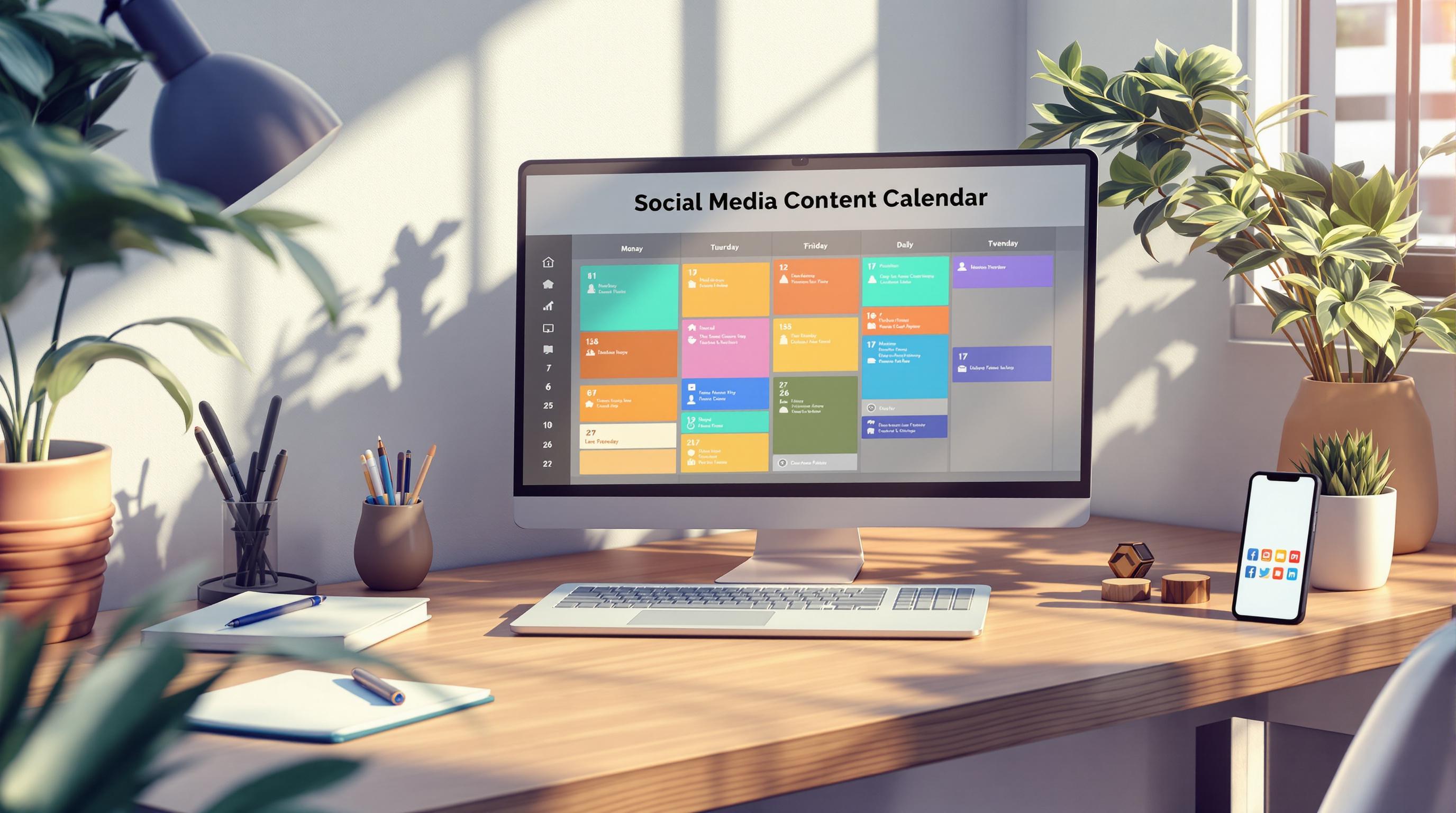
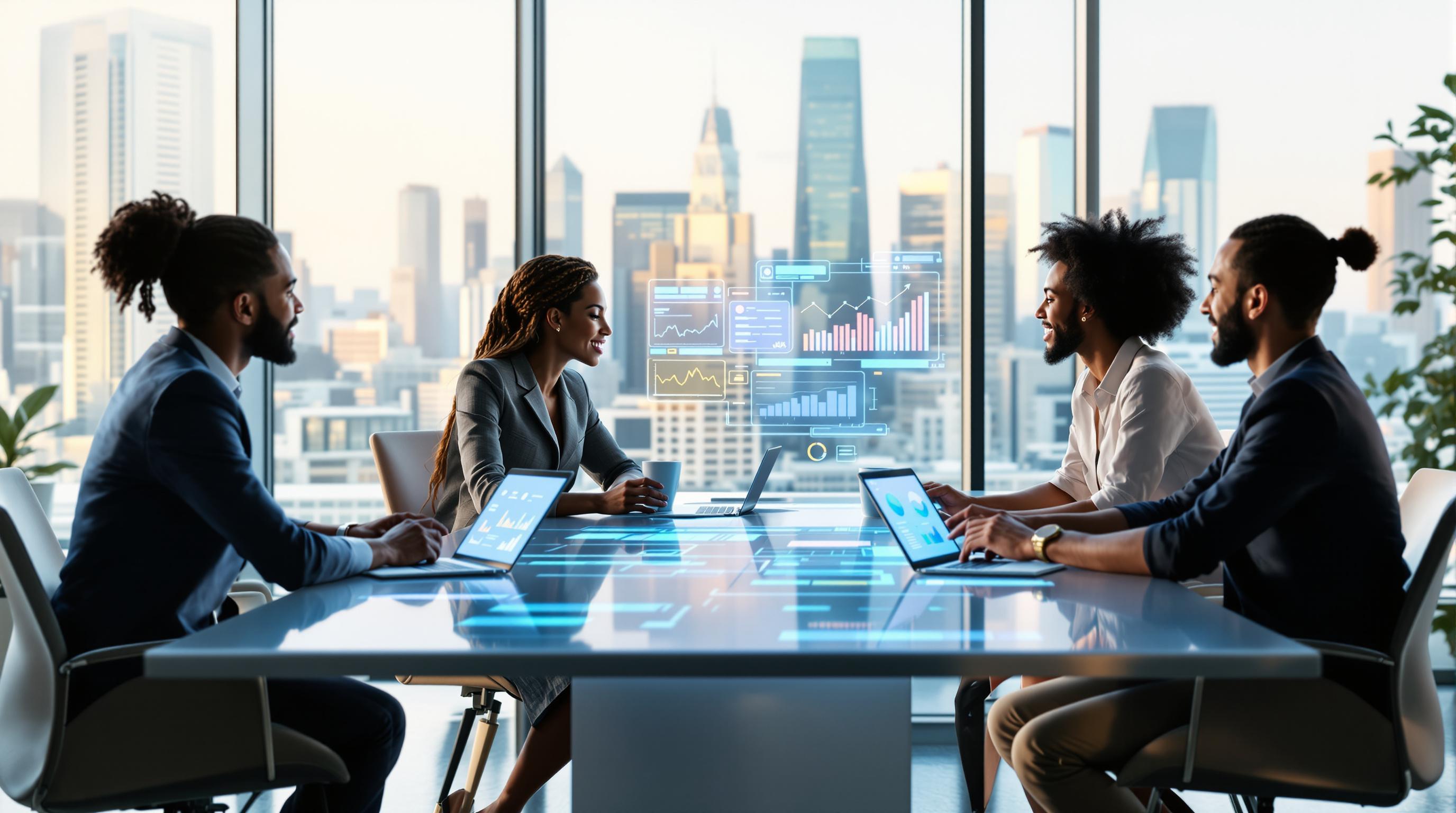
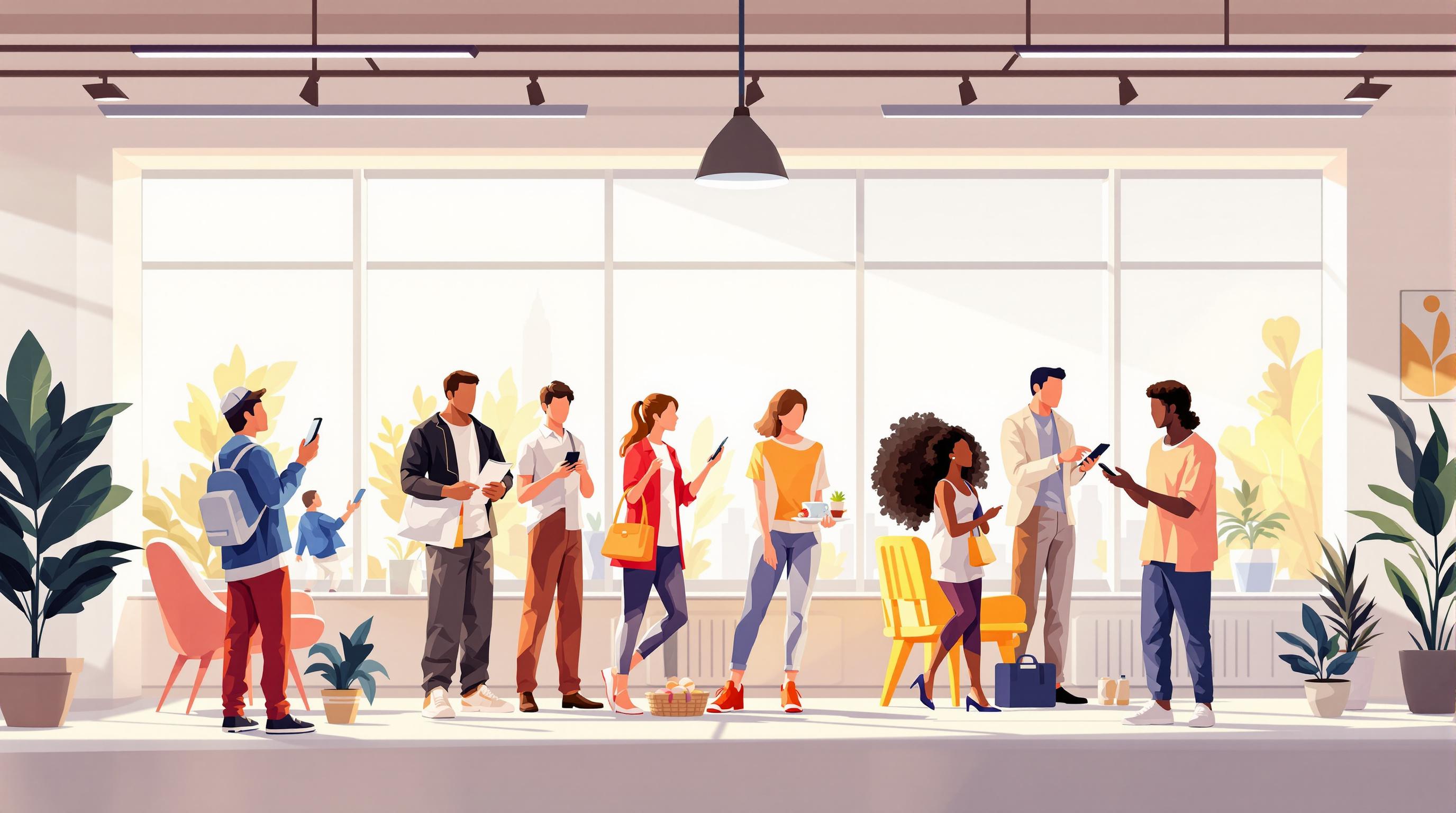
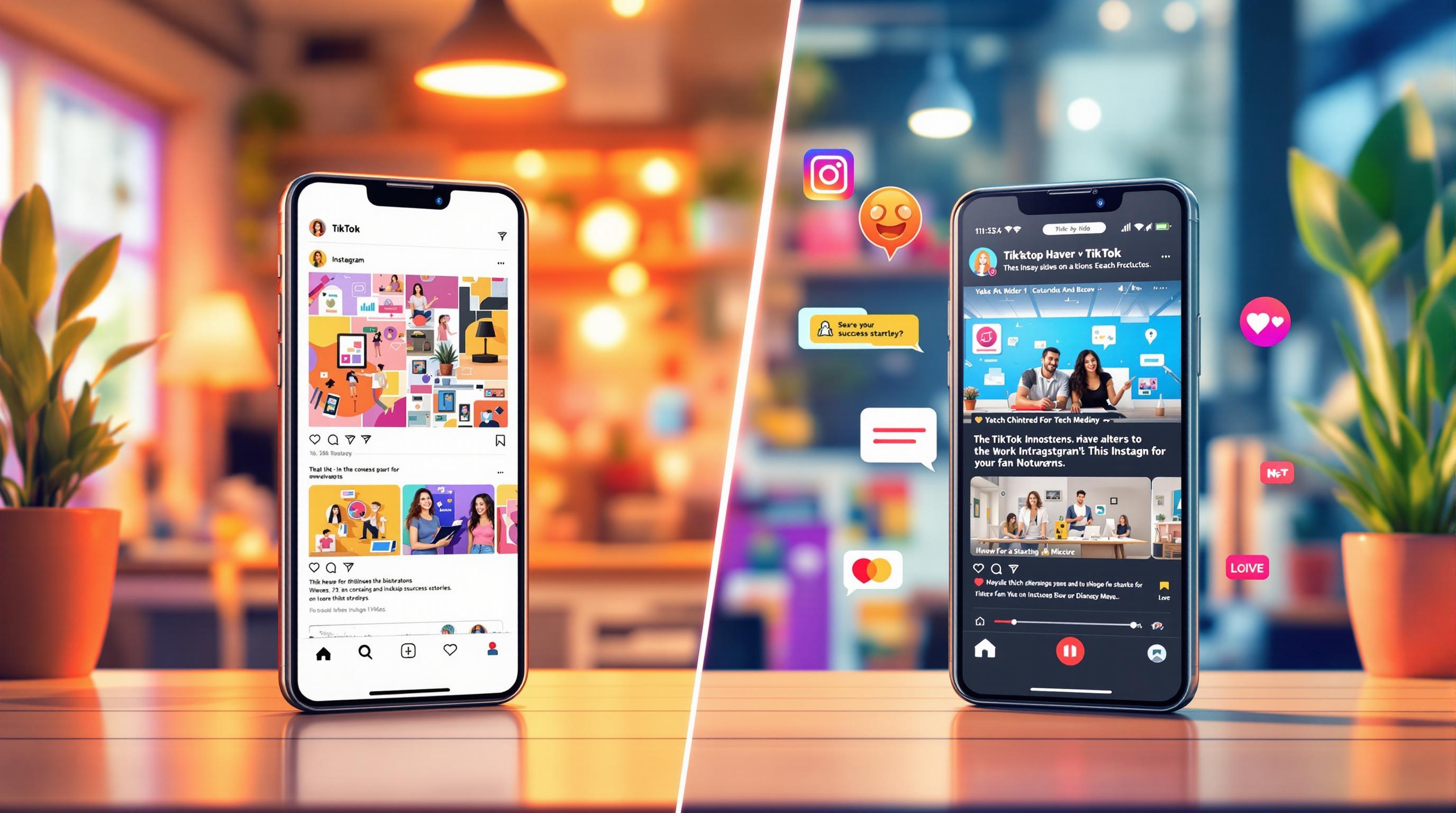
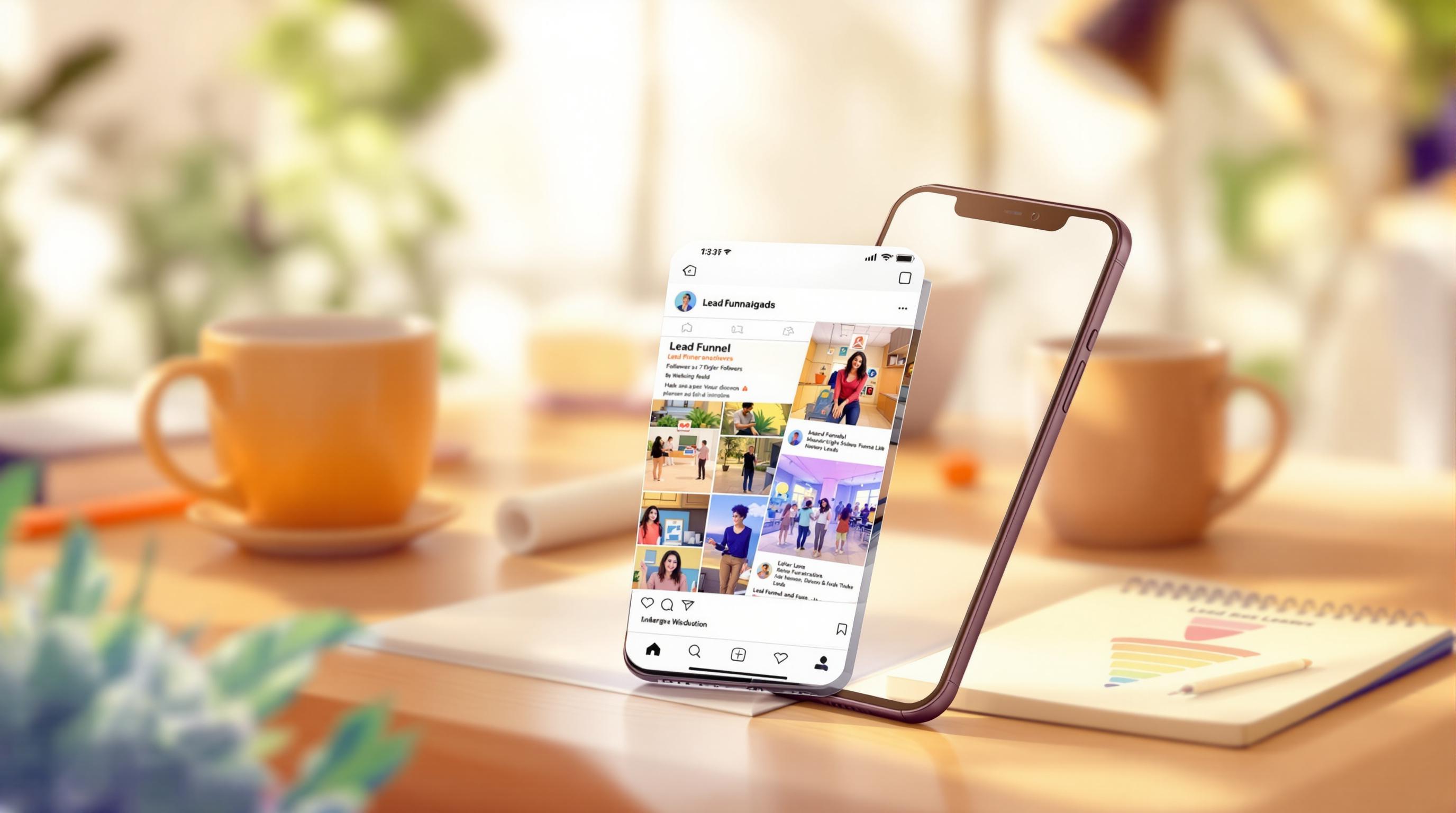
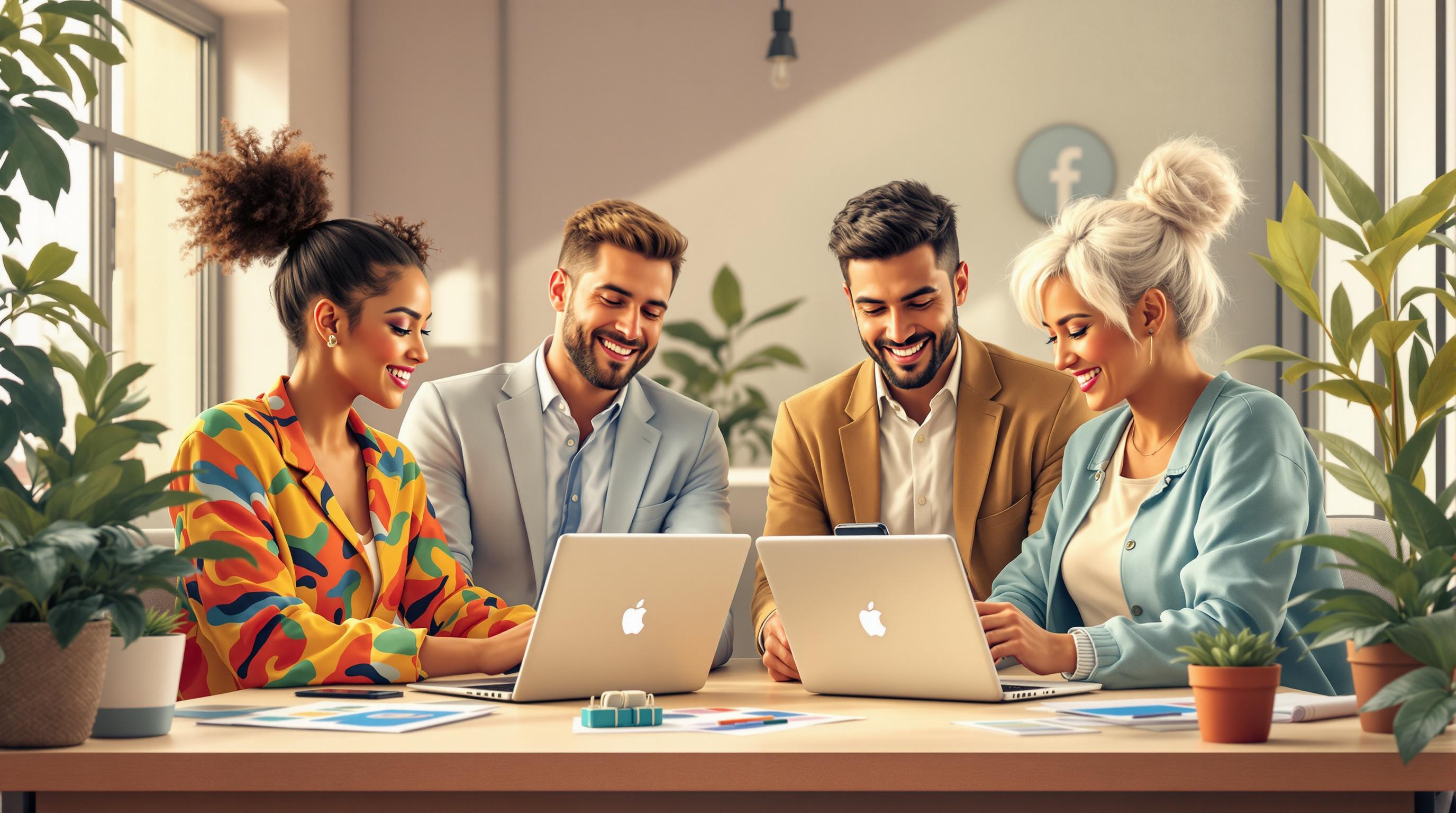
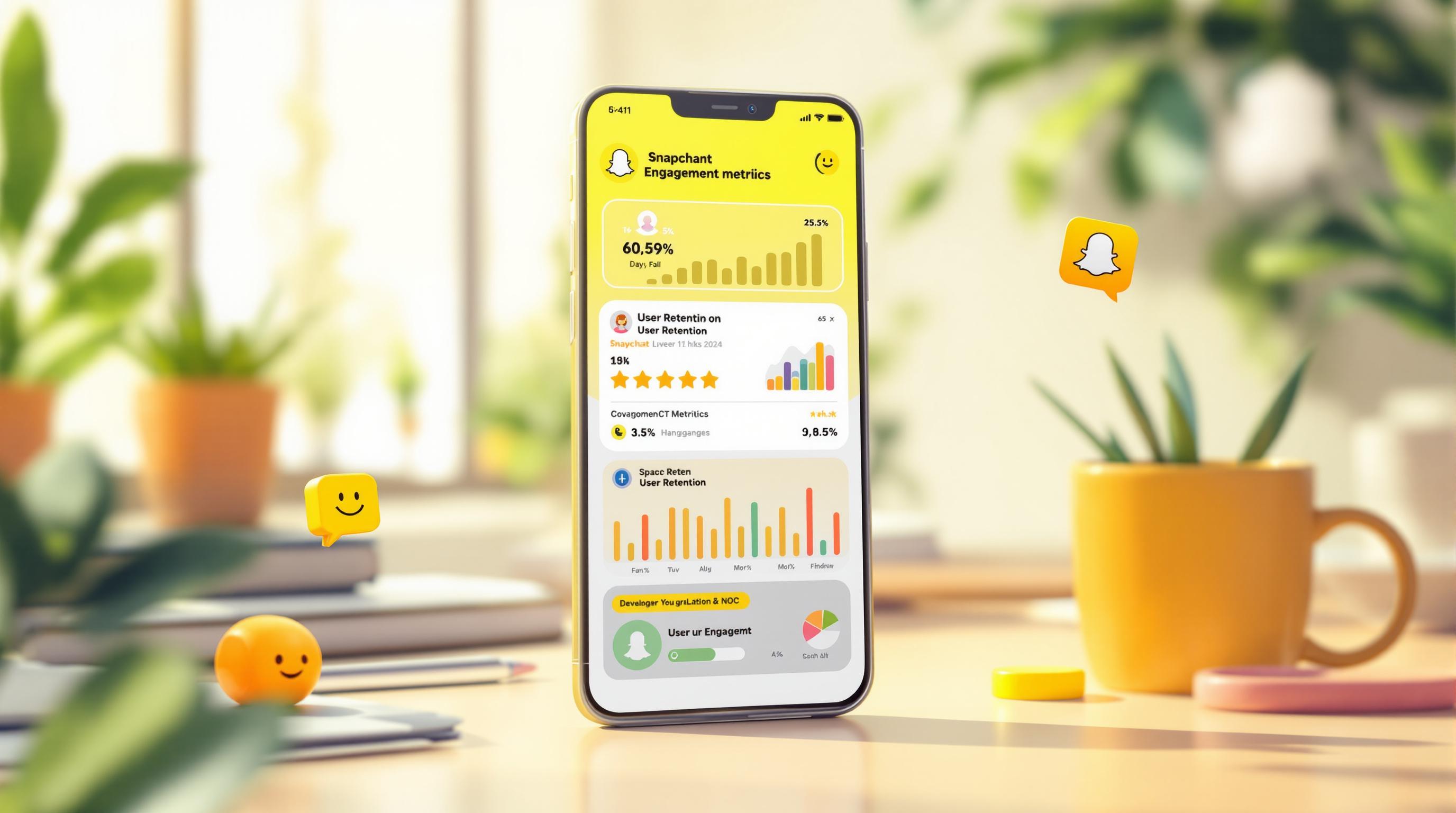
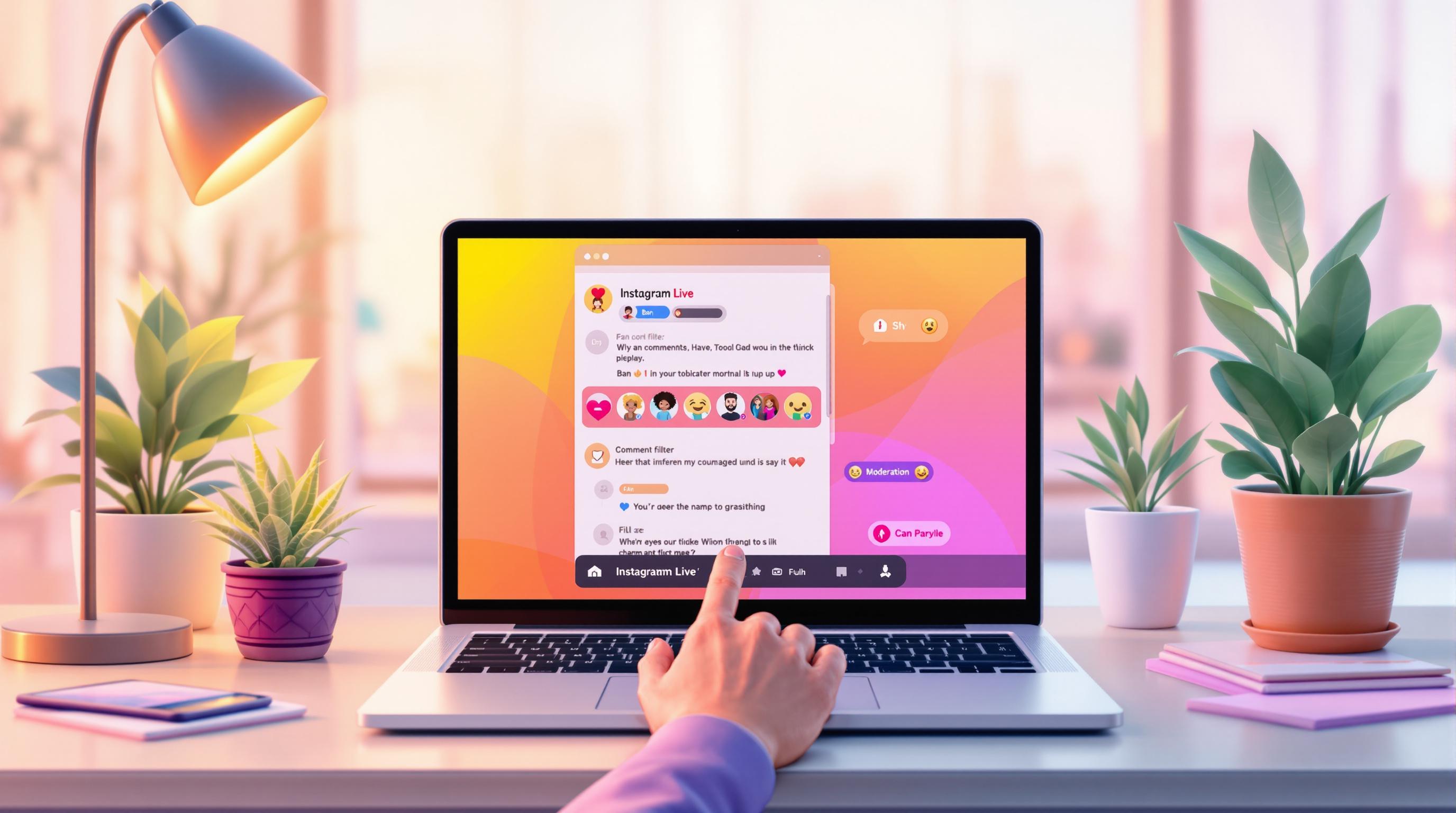
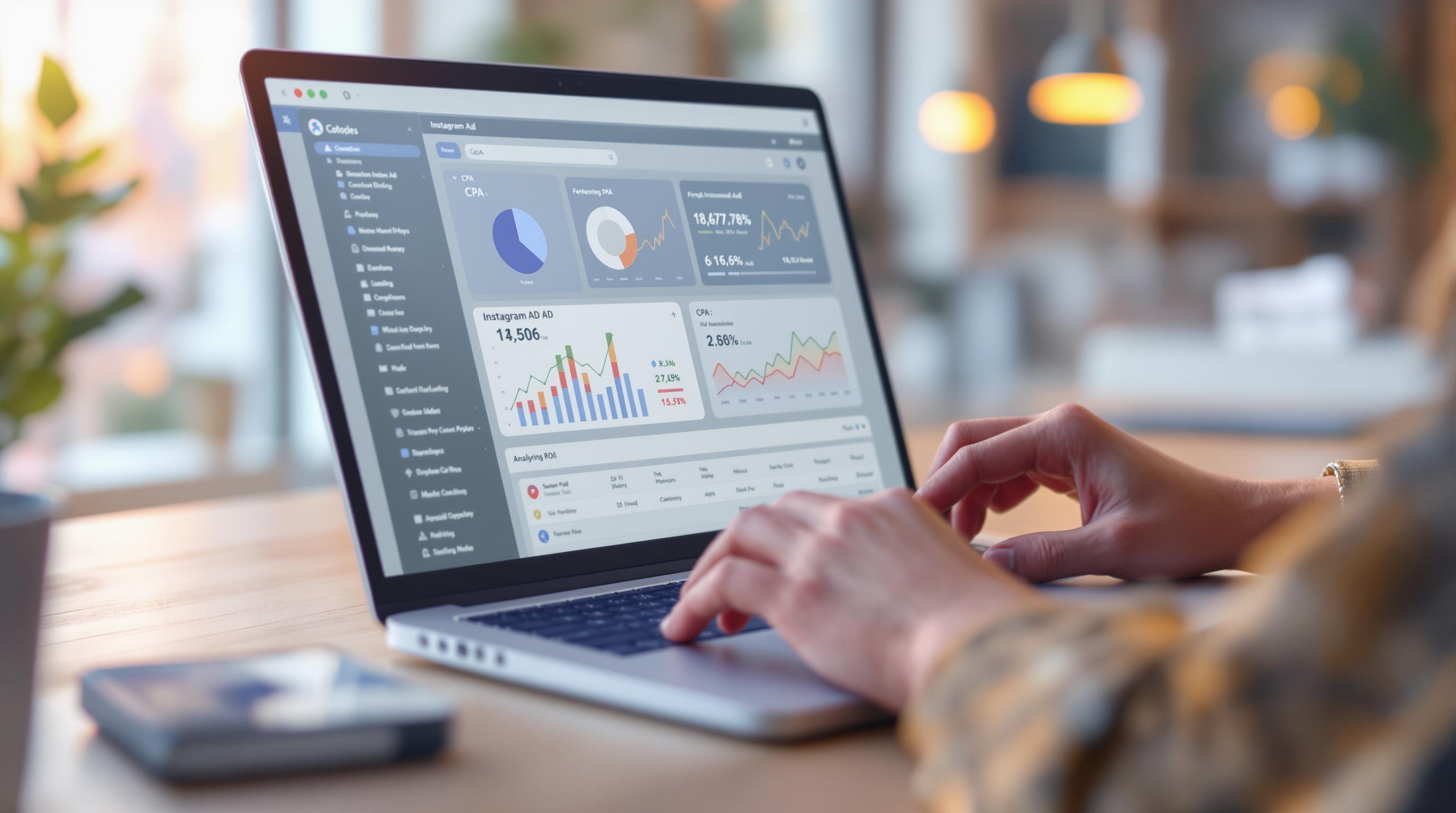
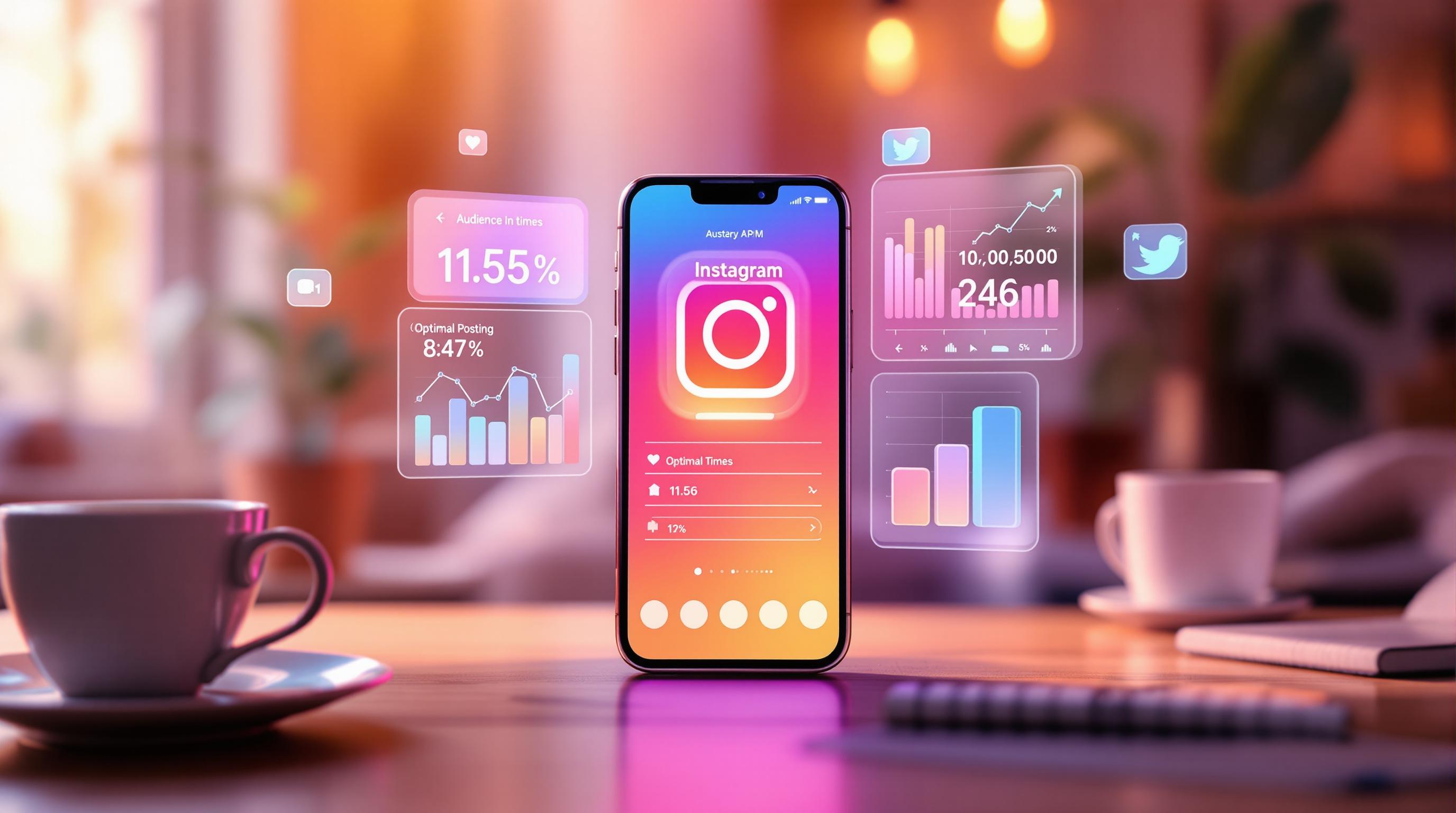
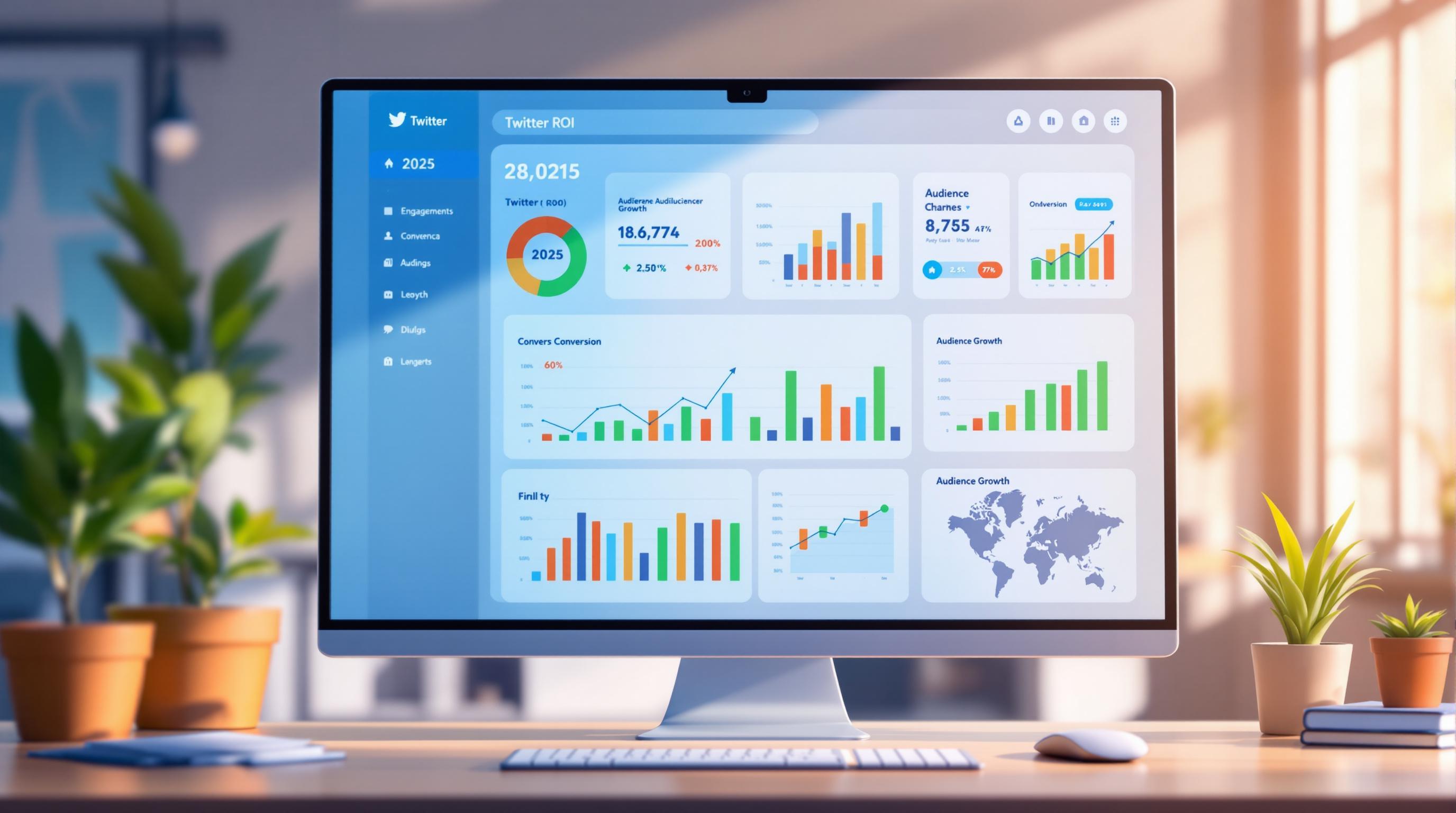
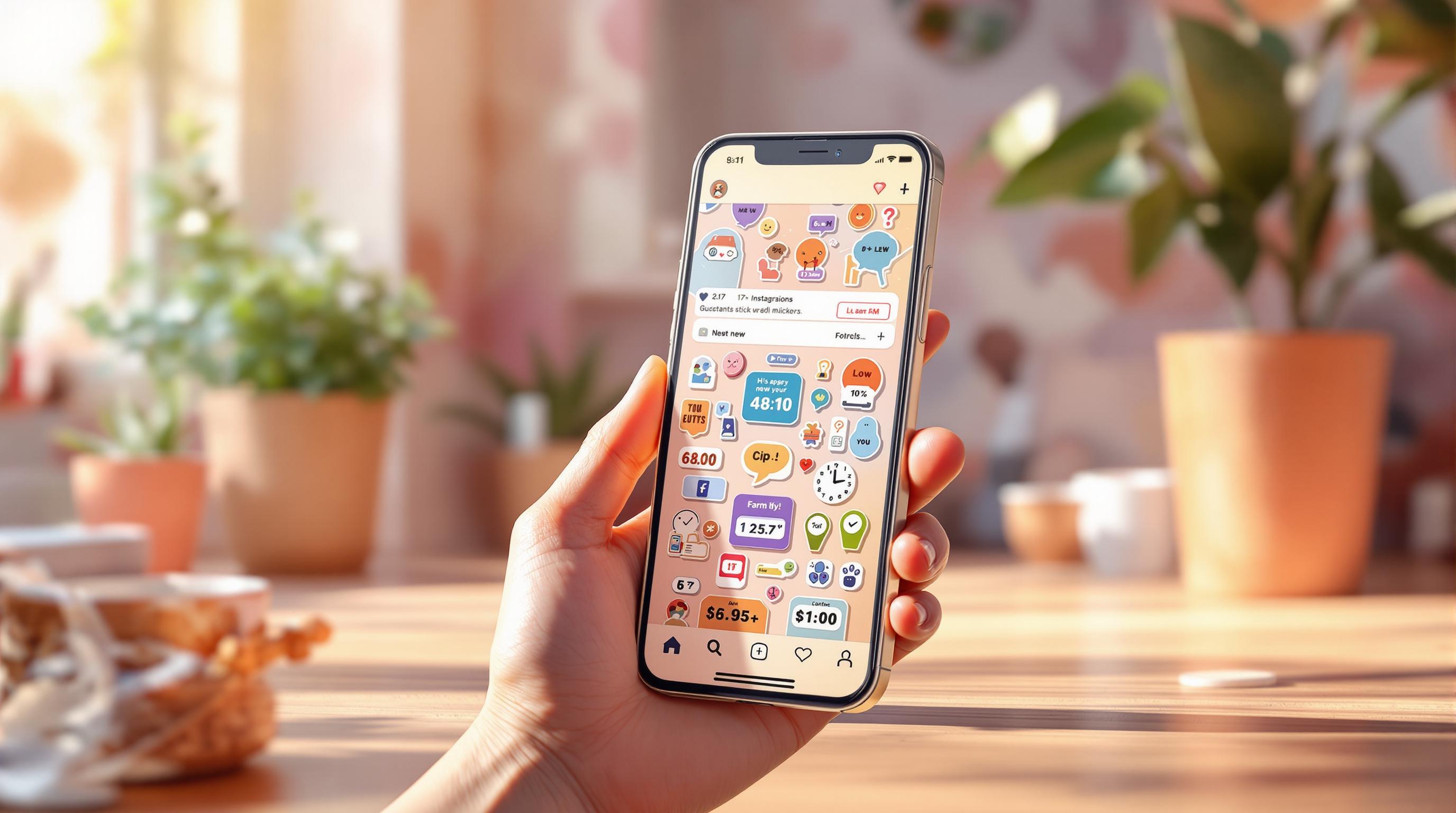
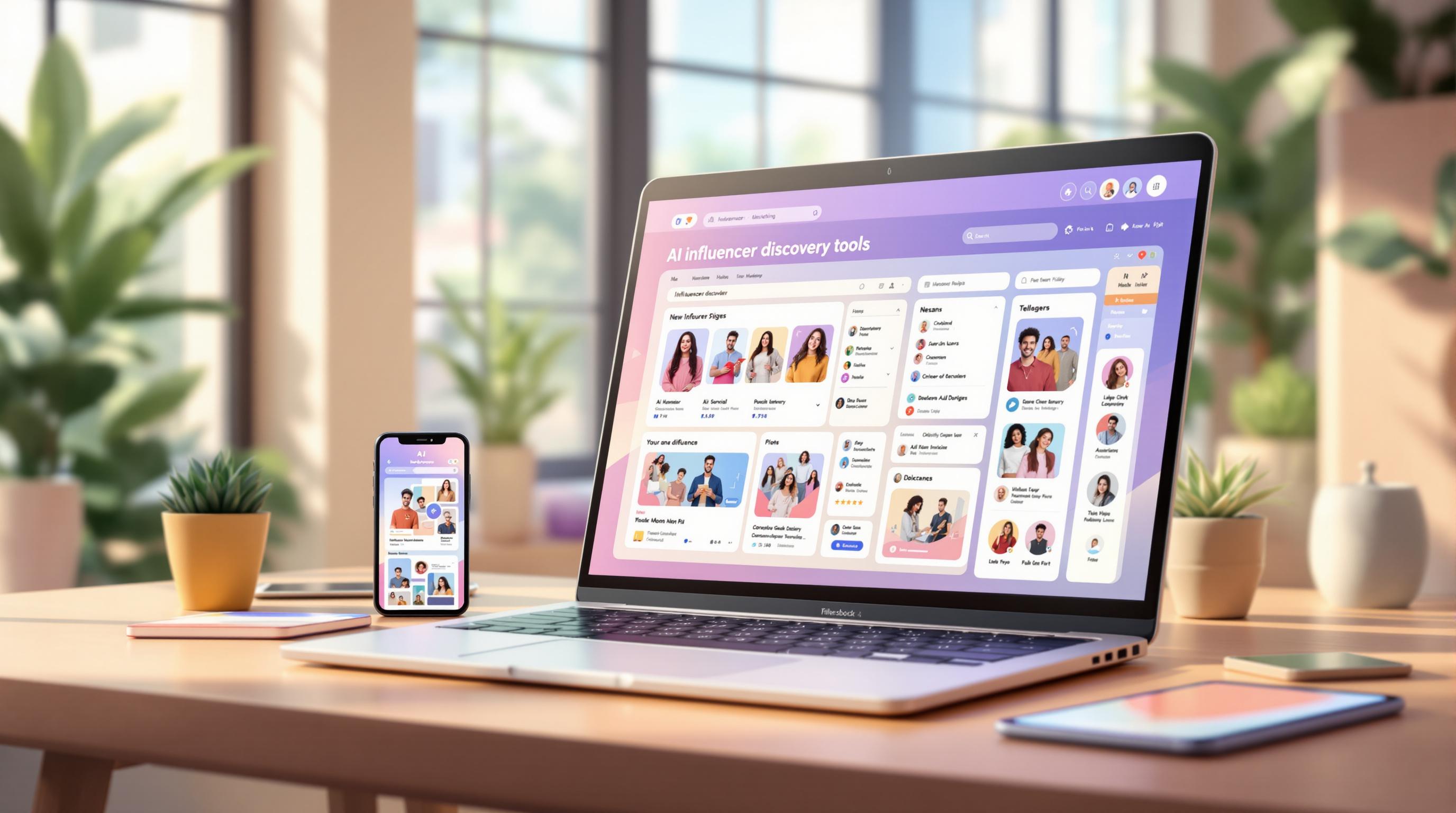
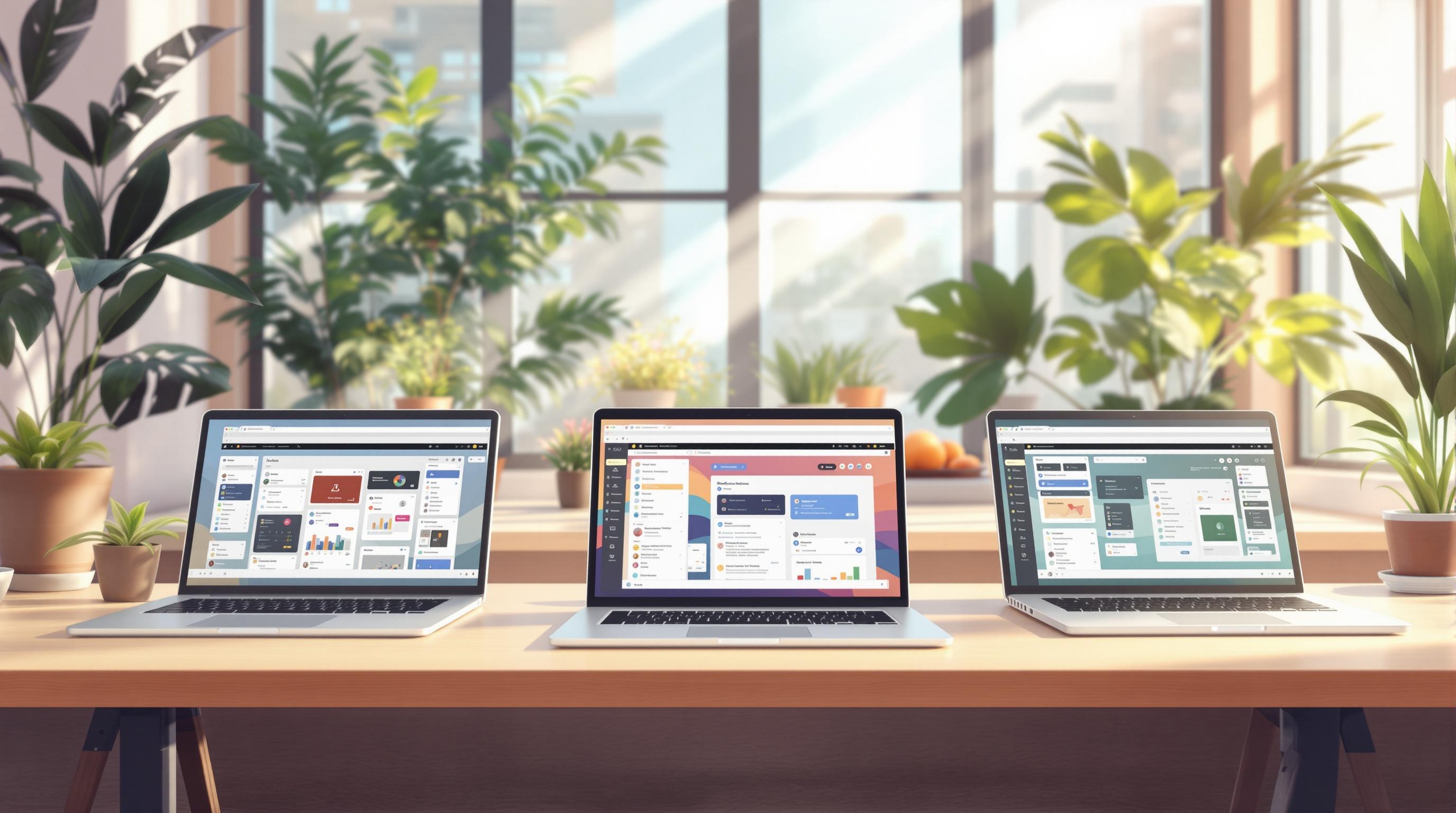
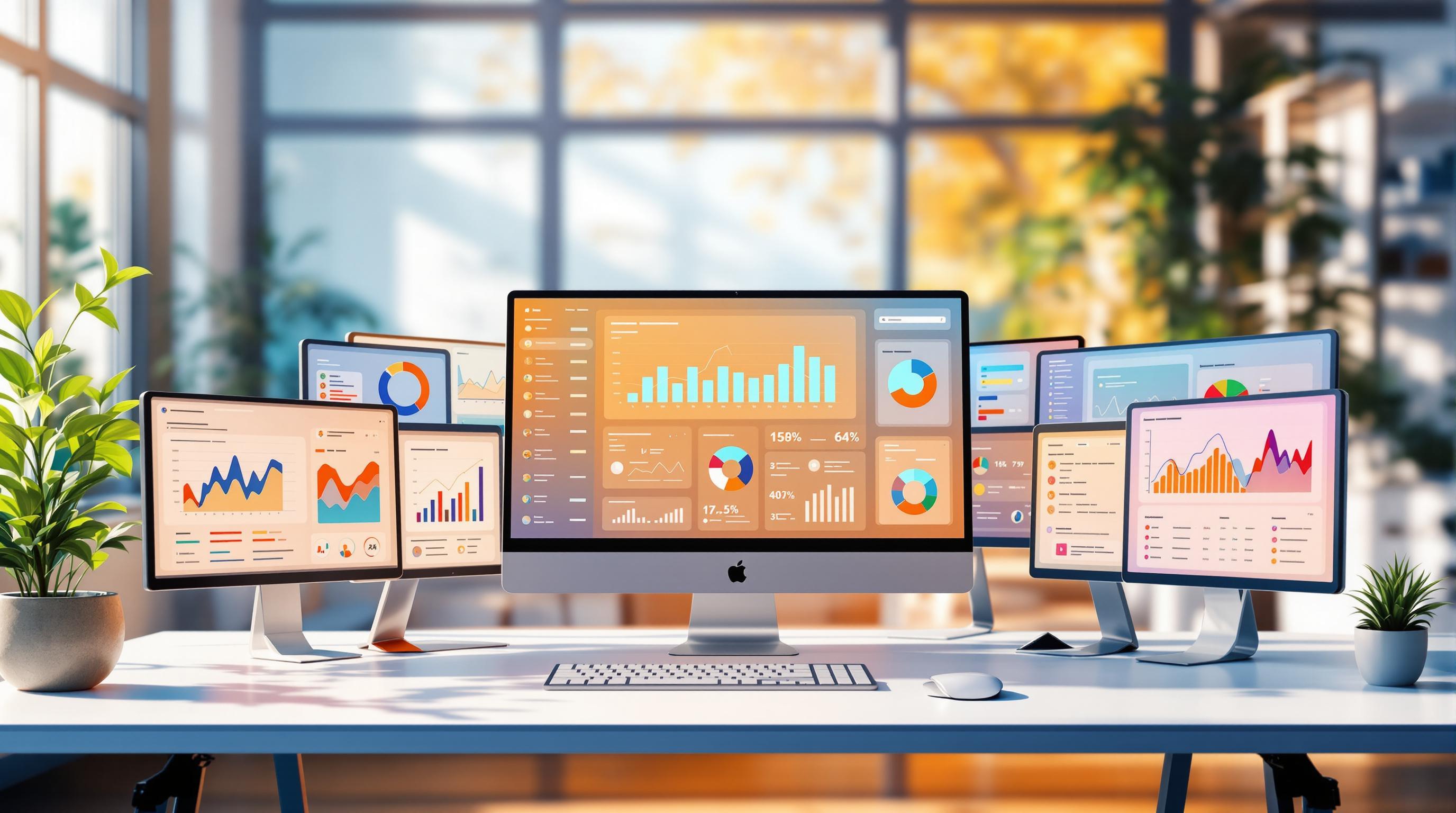
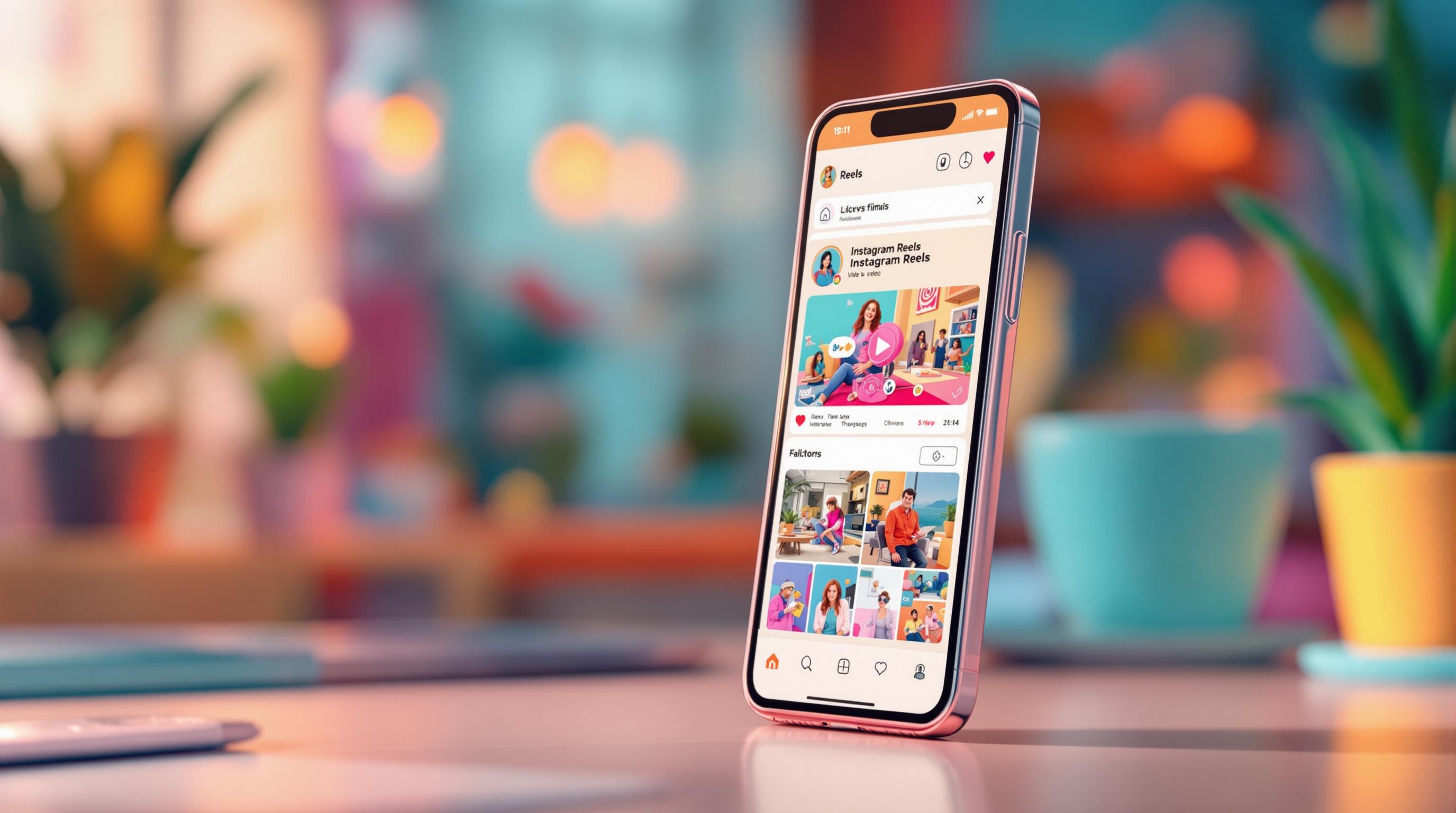
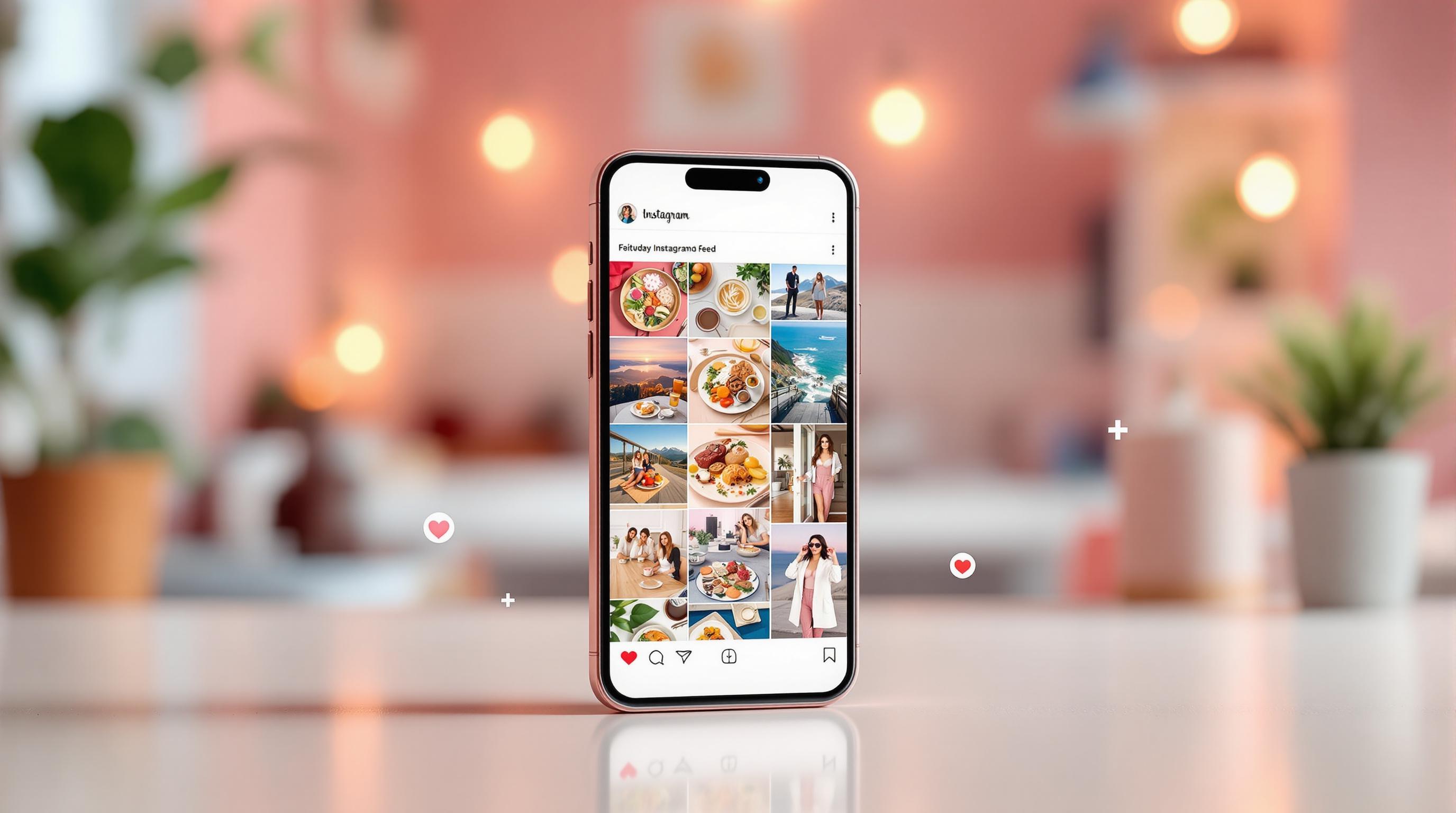
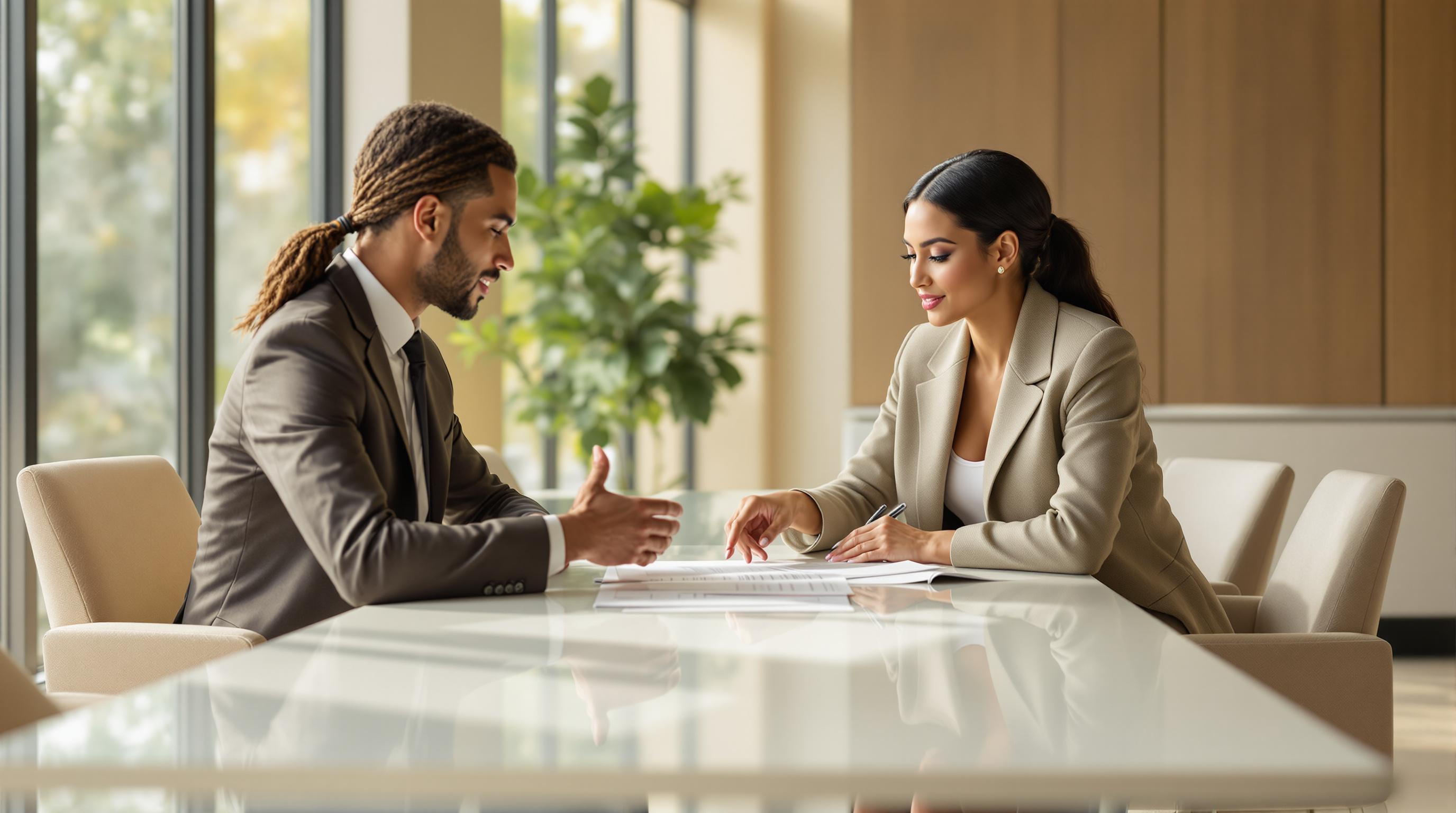
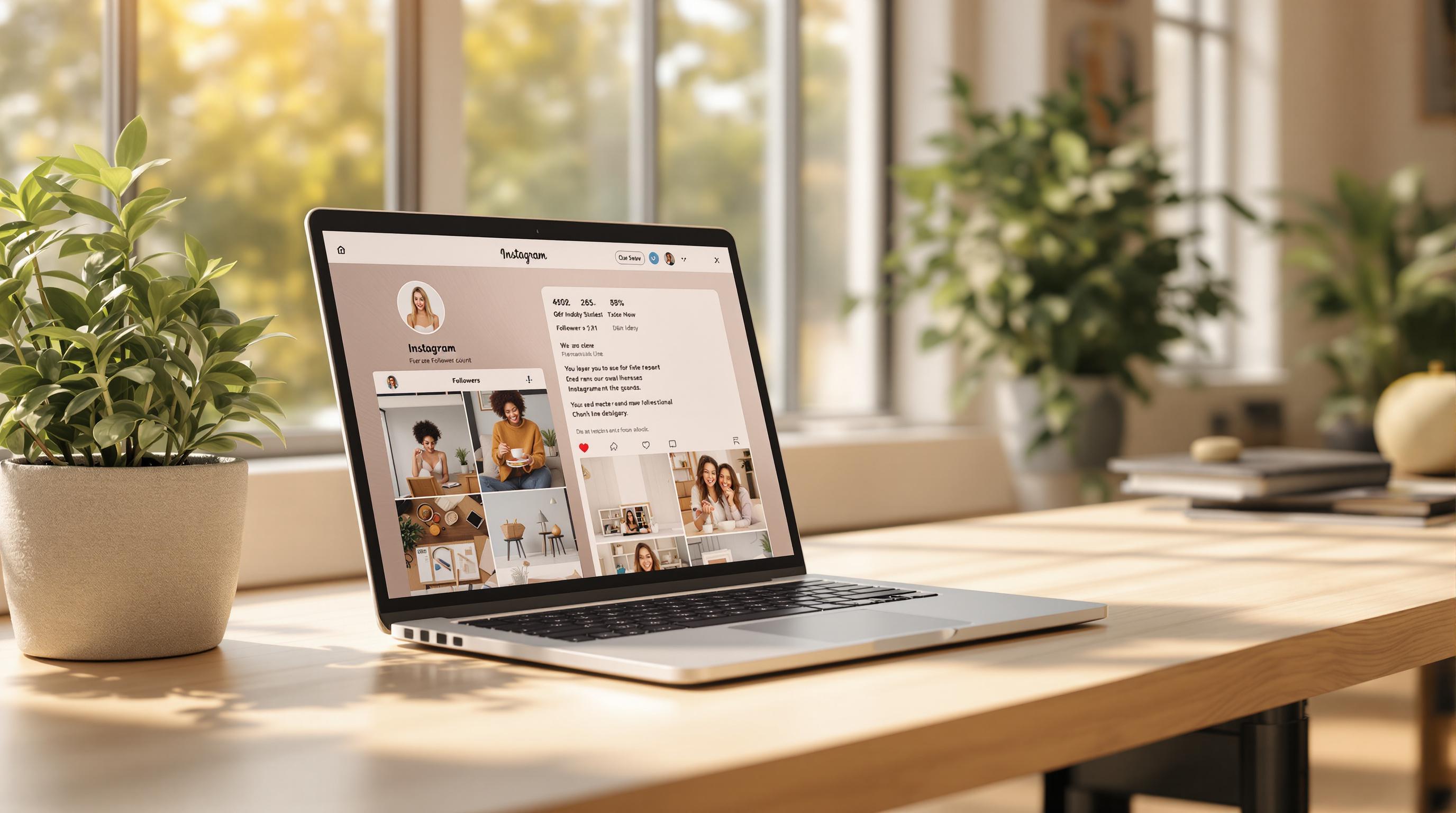
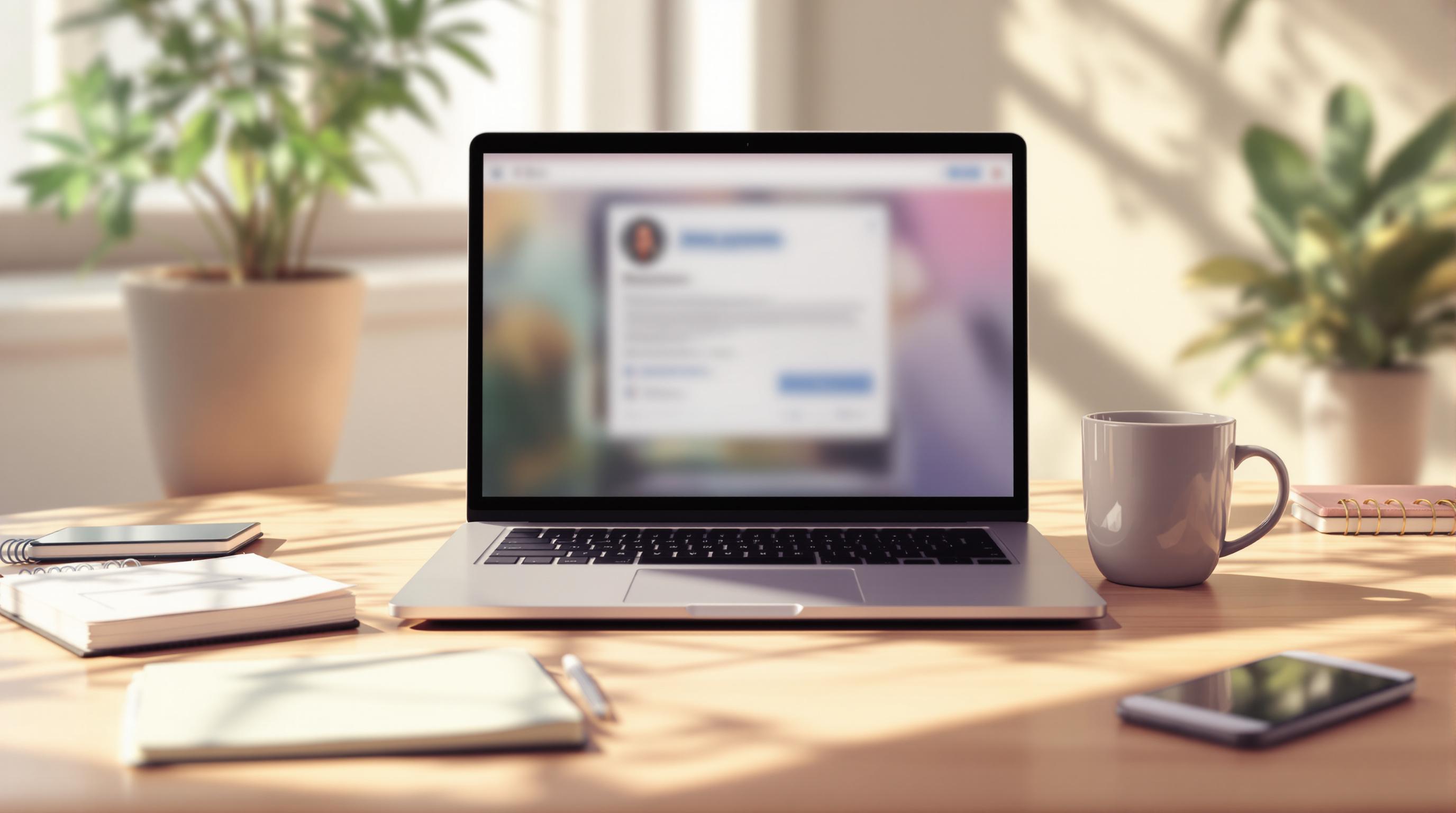
![Top 7 Best Instagram Growth Services in 2025 [RESULTS]](/cdn-cgi/image/fit=contain,format=auto,width=null/https://cdn.prod.website-files.com/67840d1d88a886f29a66a4c1/6795d12917ee4501b9eddf73_6795c731964f791db3b566c4-1737870861582.jpg)
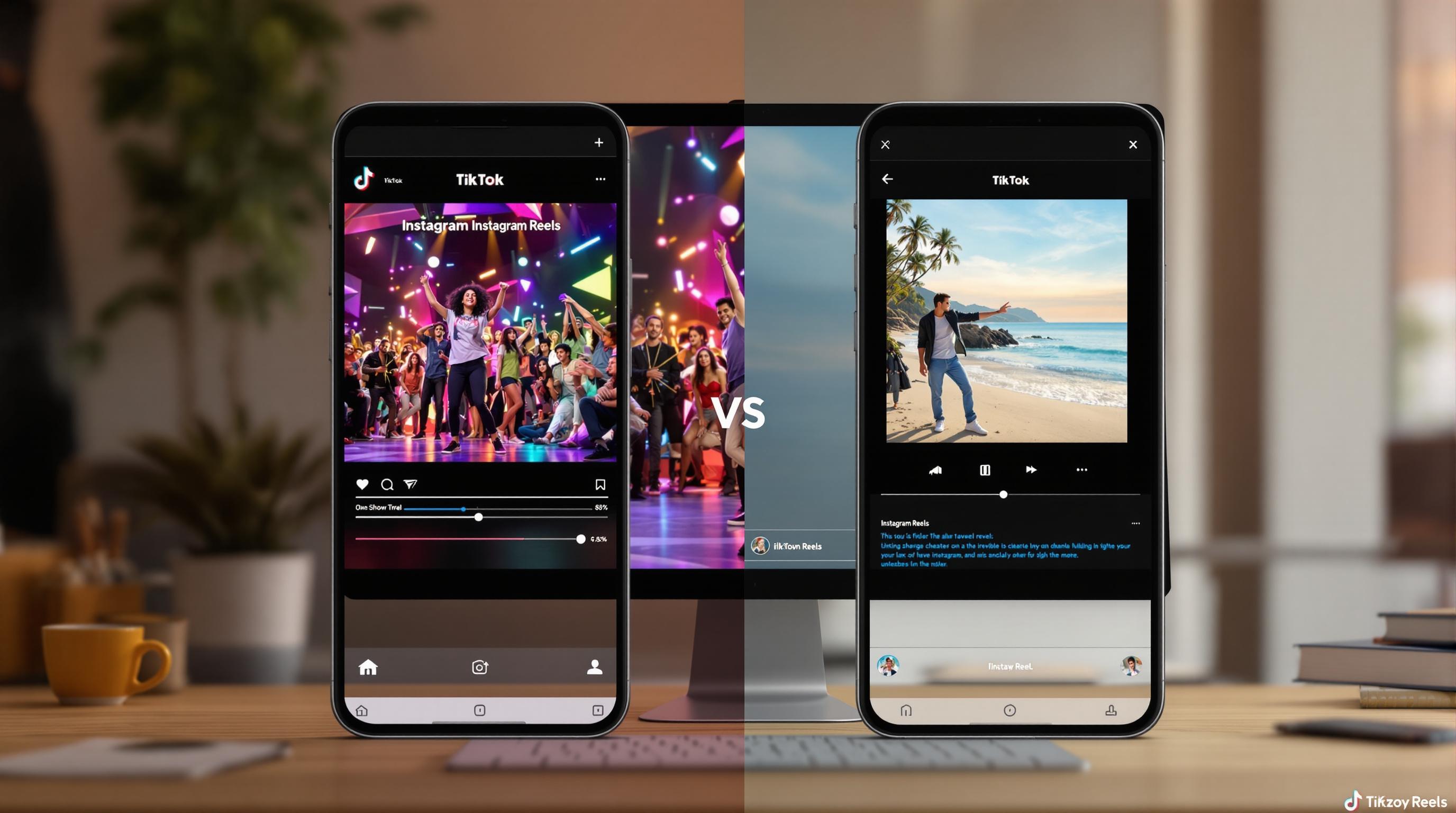
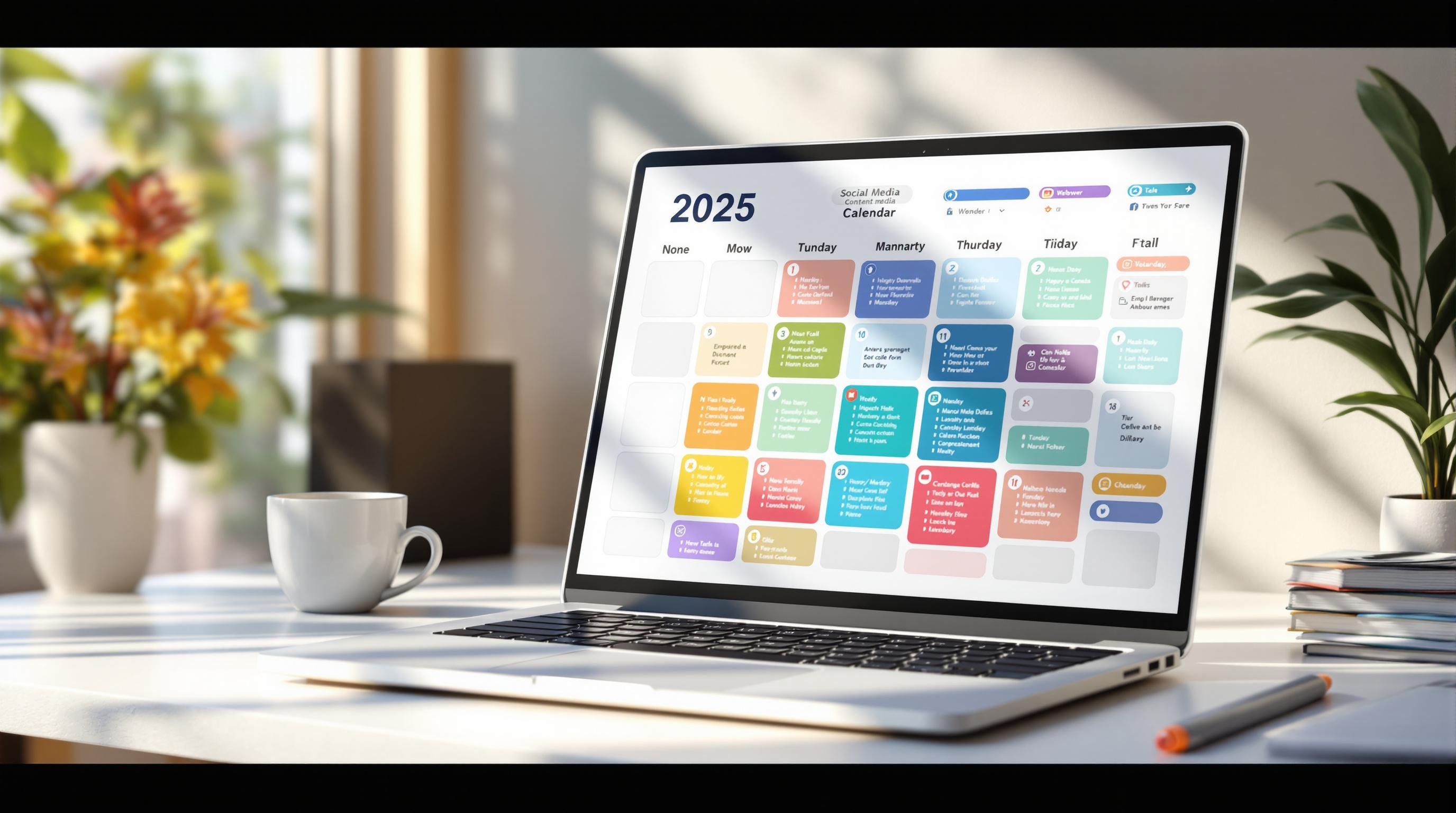
![UpGrow Review – The Best Instagram Growth Service in 2025 [TESTED]](/cdn-cgi/image/fit=contain,format=auto,width=null/https://cdn.prod.website-files.com/67840d1d88a886f29a66a4c1/6795040db42e404207732526_6794fd9c964f791db3b48de9-1737818779111.jpg)
